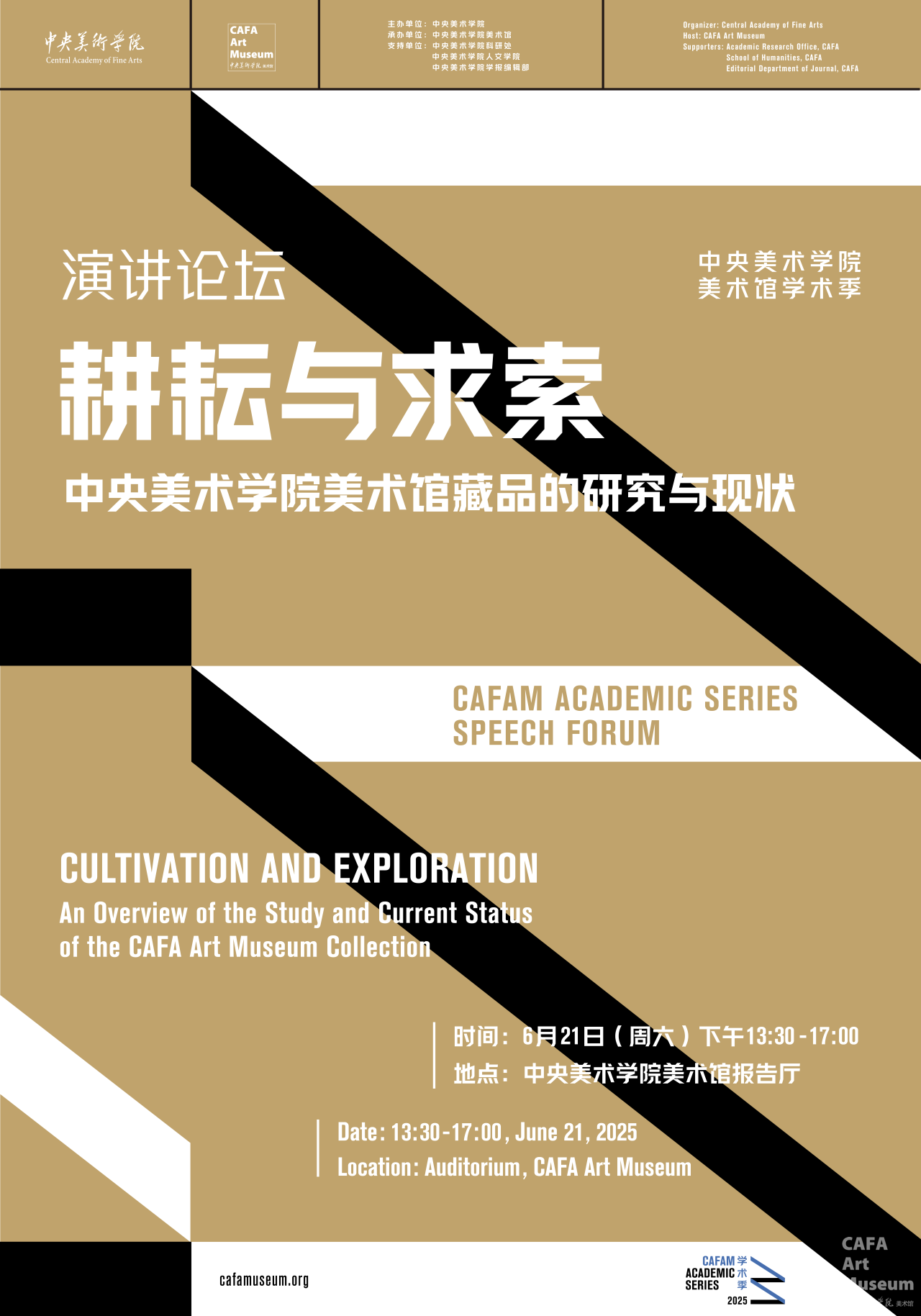

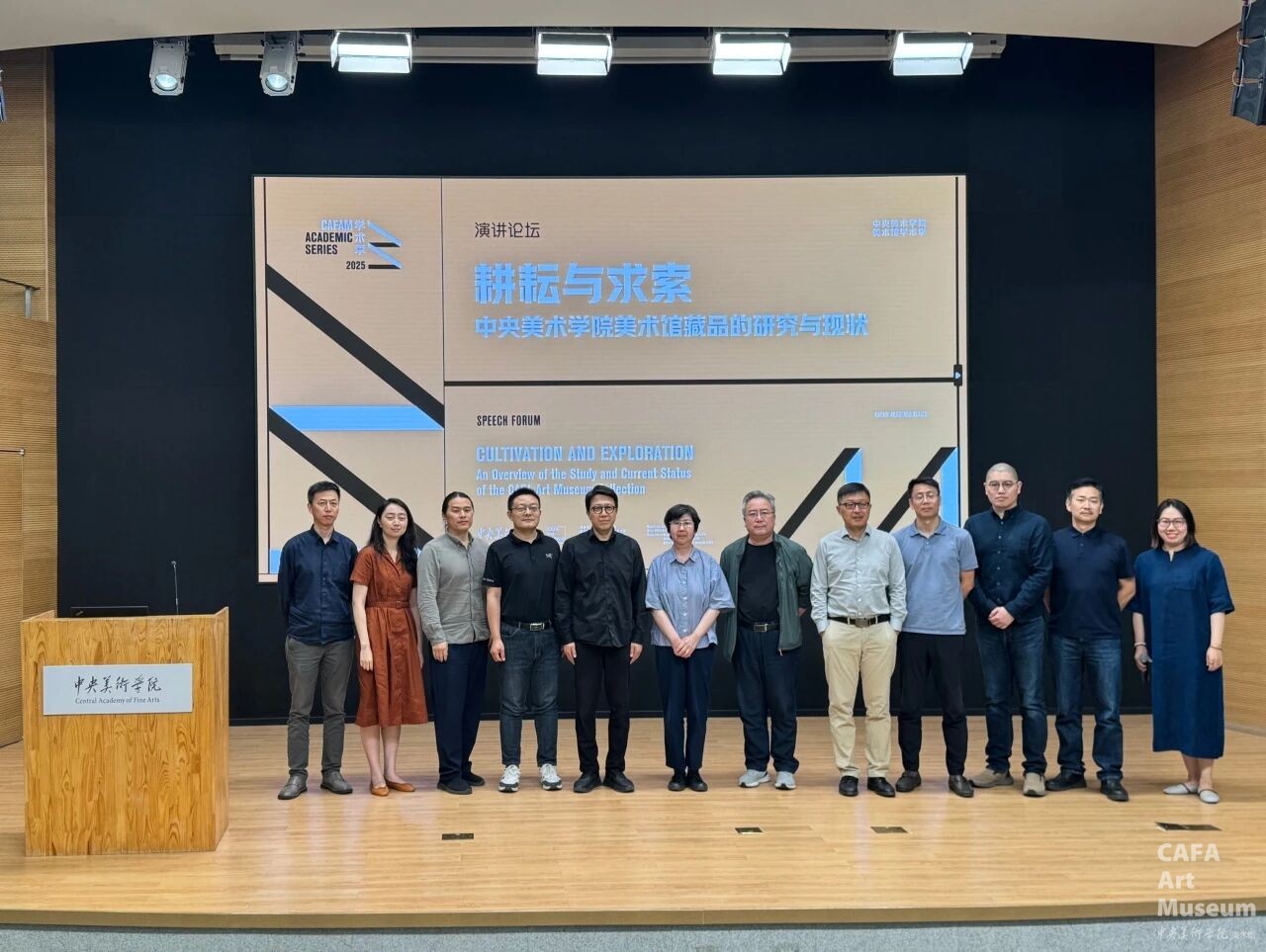
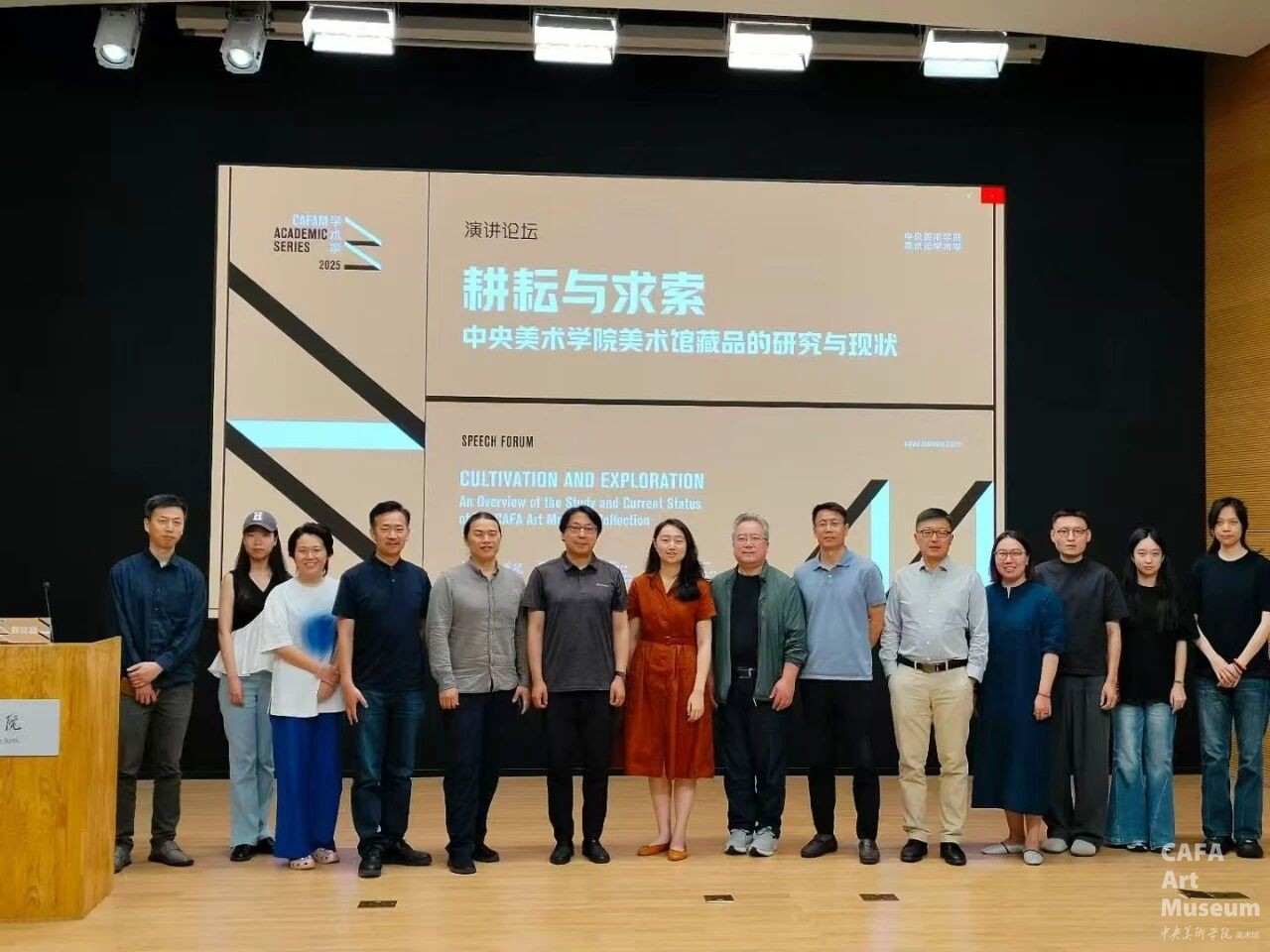
Guest group photo
Forum
Introduction
On June 21, the forum 'Cultivation and Exploration: An Overview Of The Study and Current Status of The CAFA Art Museum Collection' was held at CAFA Art Museum.
As part of the series of activities for the 2025 CAFAM Academic Season, the forum, themed 'Cultivation and Exploration', focuses on academic research, exhibition practices, and preservation status of museum collections. It aims to deeply explore the historical context, academic value, and contemporary significance of the museum's art collection. Taking the classic works on display in the museum's permanent exhibitions and the logic of collection building as its main body, the forum includes recent academic research achievement on these collections. It seeks to introduce the rich art collection of CAFA Art Museum to all sectors of society through this open academic exchange platform, promoting deeper research and broader dissemination of the collections. The forum has invited experts who have been deeply engaged in collection research in recent years to deliver keynote speeches. These experts have achieved much in individual case analysis of collections, exhibition planning, and restoration and preservation of collections. Divided into two sessions, 'History and Legacy' and 'Refinement and Renewal', the forum focuses respectively on 'Chinese Ancient Art' and 'Chinese Modern and Contemporary Fine Arts'. It covers overviews of different types of collections, introductions to representative works, and processes of collection maintenance, including cultural relics from art archaeology, ancient calligraphy and painting, ceramic art, religious art, modern oil paintings, and contemporary ink wash paintings. Notably, the content of this forum will also serve as important material for the Young Scholars Forum in the second half of the year.
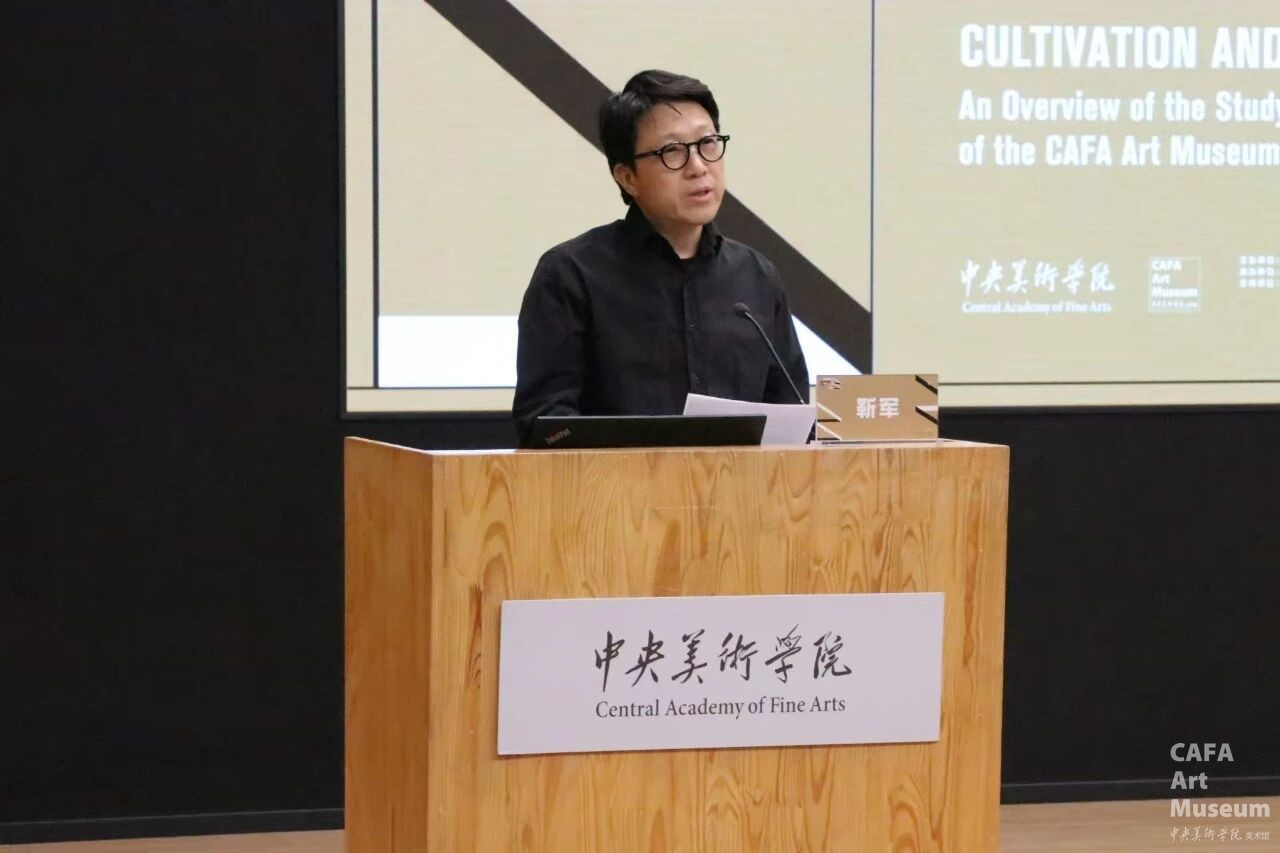
Director Jin Jun of CAFA Art Museum delivered a speech
At the beginning of the forum, Director Jin Jun of the museum delivered a speech on behalf of the art museum. He mentioned that this year, taking the opening of the second-floor collection exhibition as an opportunity, the 2025 "CAFAM Academic Series" was officially launched. The previously held International Art Museum Summit and the University Art Museum Alliance Conference have laid a high-standard foundation for the Academic Season, focusing on industry development and aesthetic education innovation. As a key part of the Academic Season, this forum will deeply explore the academic value and practical paths of the collection of CAFA Art Museum, which is of great significance. Jin Jun introduced that since its establishment, CAFA Art Museum has always been committed to art collection and academic research. Today, with nearly 30,000 pieces of collections spanning ancient and modern times, they are not only witnesses to the development of art but also important resources for exploring cultural lineages. Faced with the challenges of digitalization and globalization in global art museums, the museum hopes to build a bridge between academia and the public through the Academic Season, promoting collections from collection and research towards sharing.
First Half: History and Legacy
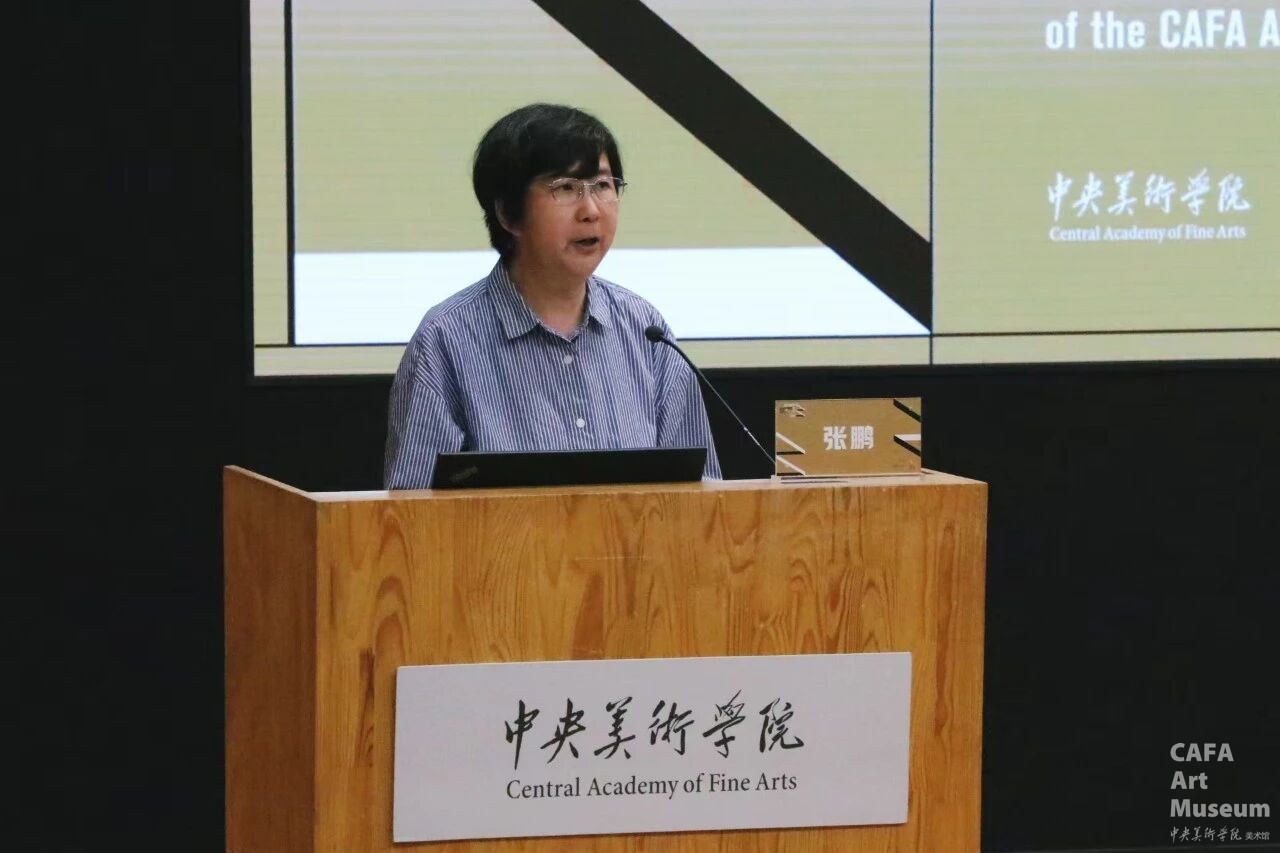
The first half was hosted by Zhang Peng, a professor at the Central Academy of Fine Arts, Editor-in-Chief of the Journal of Art Studies, Director of the Editorial Department of the Academic Journal, and Deputy Director of the Collaborative Innovation Center for Silk Road Art Studies.
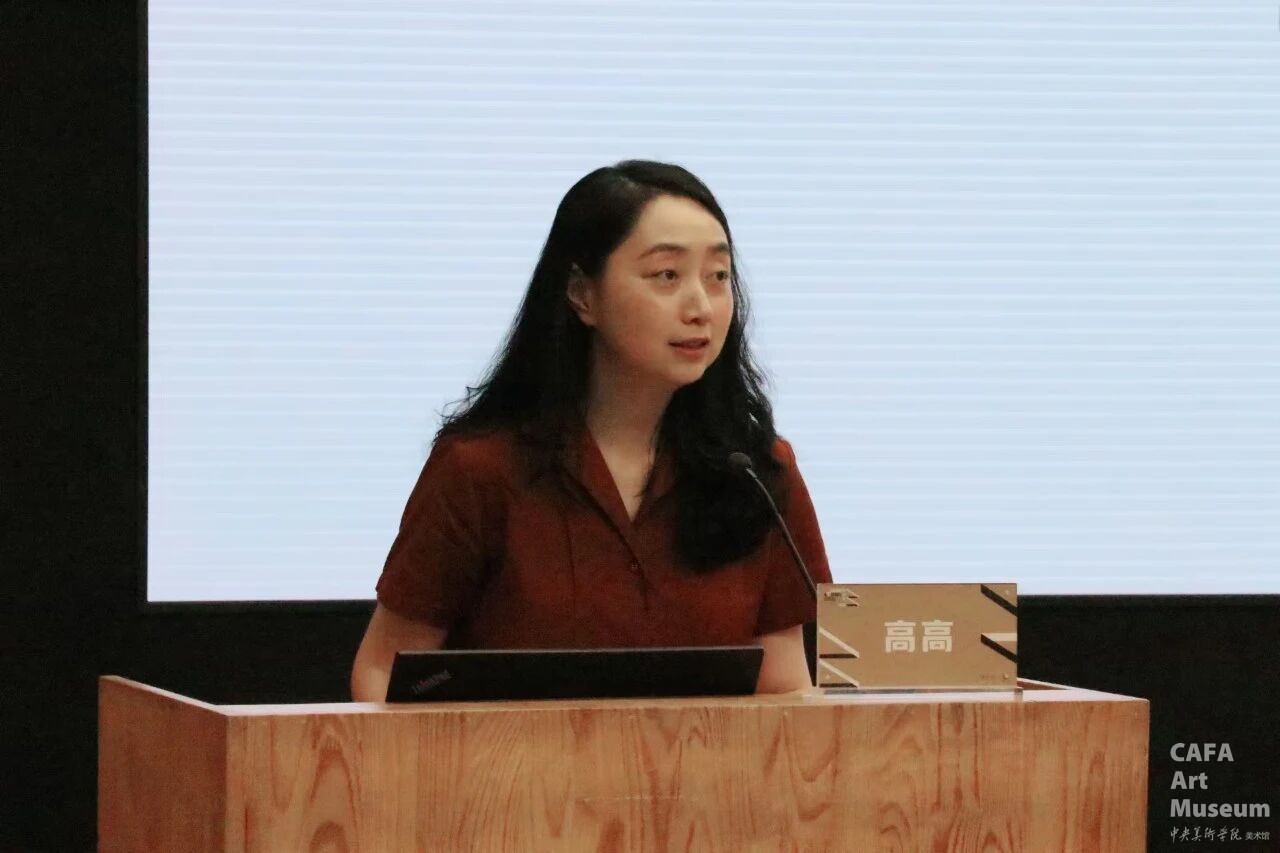
Gao Gao, Deputy Director of CAFA Art Museum, made a speech
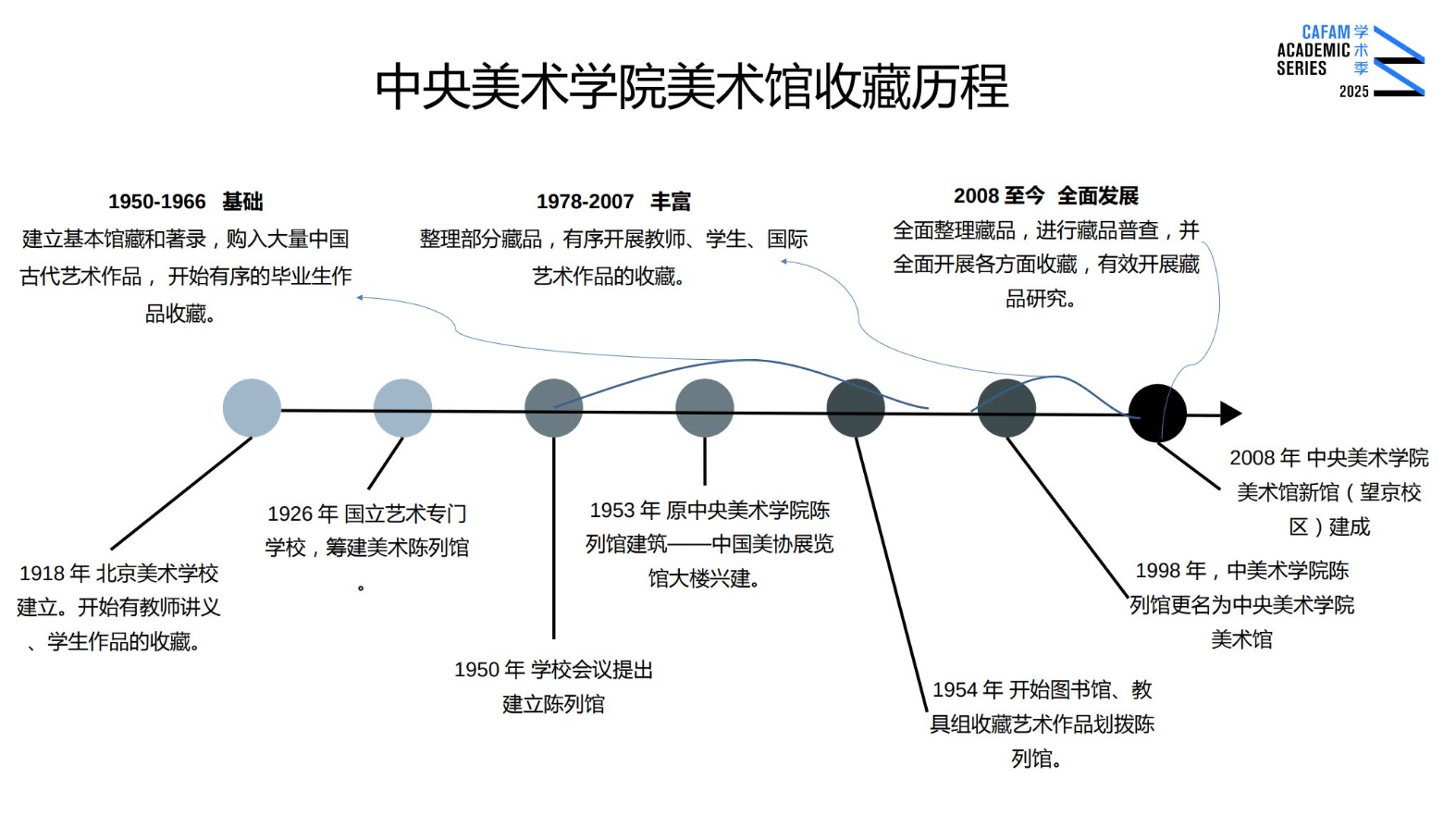
Gao Gao systematically introduced the development history and work achievements of the art museum. The Central Academy of Fine Arts Museum is a professional, international modern art museum integrating academic research, exhibition display, collection and restoration, and public education functions. It currently has nearly 30,000 collections. Its collection has been continuously enriched since the establishment of the Beijing Art School in 1918, gradually forming a complete sequence covering ancient, modern, and contemporary periods. Over the years, the museum has carried out systematic practical work such as exhibitions, publications, and restorations around its collections, with the collection display starting in 2024 being a representative phase achievement. These efforts fully reflect the unique value and responsibility of the museum as a research-oriented institution in the public cultural system, and also keep the collections constantly "vitalized", forming an organic cycle from "collection" to "research", "display", and then to "public sharing".
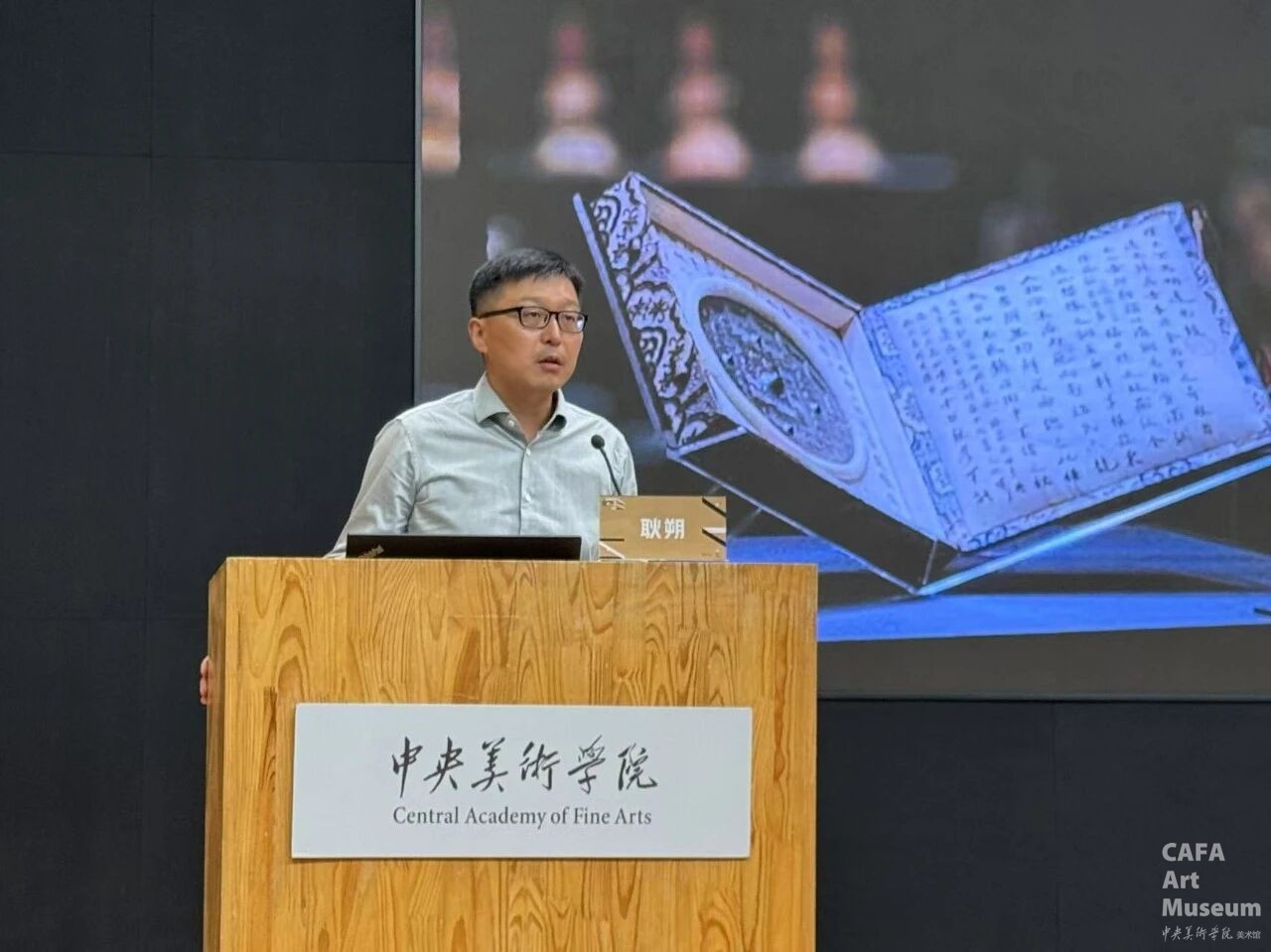
Geng Shuo, Deputy Director of the Department of Cultural Heritage Studies, School of Humanities, and Deputy Director of the Research Center for Art Archaeology, Central Academy of Fine Arts, delivered a speech.
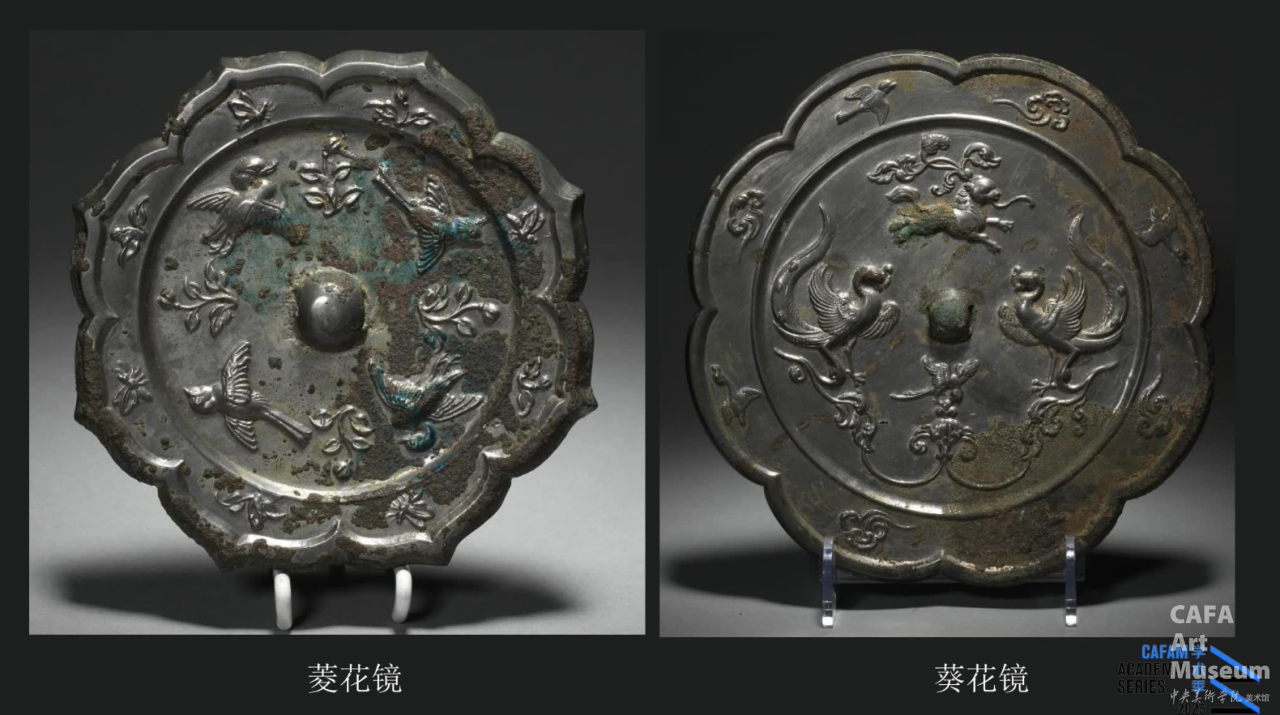
Taking the collection's exhibited bronze mirrors and terracotta figurines as a starting point, such as the Han Dynasty 'Xi Wangmu Pounding Medicine' image mirror and 'Hunting and Harvesting' image brick, as well as Tang Dynasty polychrome music and dance figurines, Geng Shuo introduced the basic situation, sources, and key works of such collections from the perspective of art archaeology. This showcased the unique expressive forms and rich ideological connotations of ancient Chinese art in fields such as utensils, images, and sculpture.
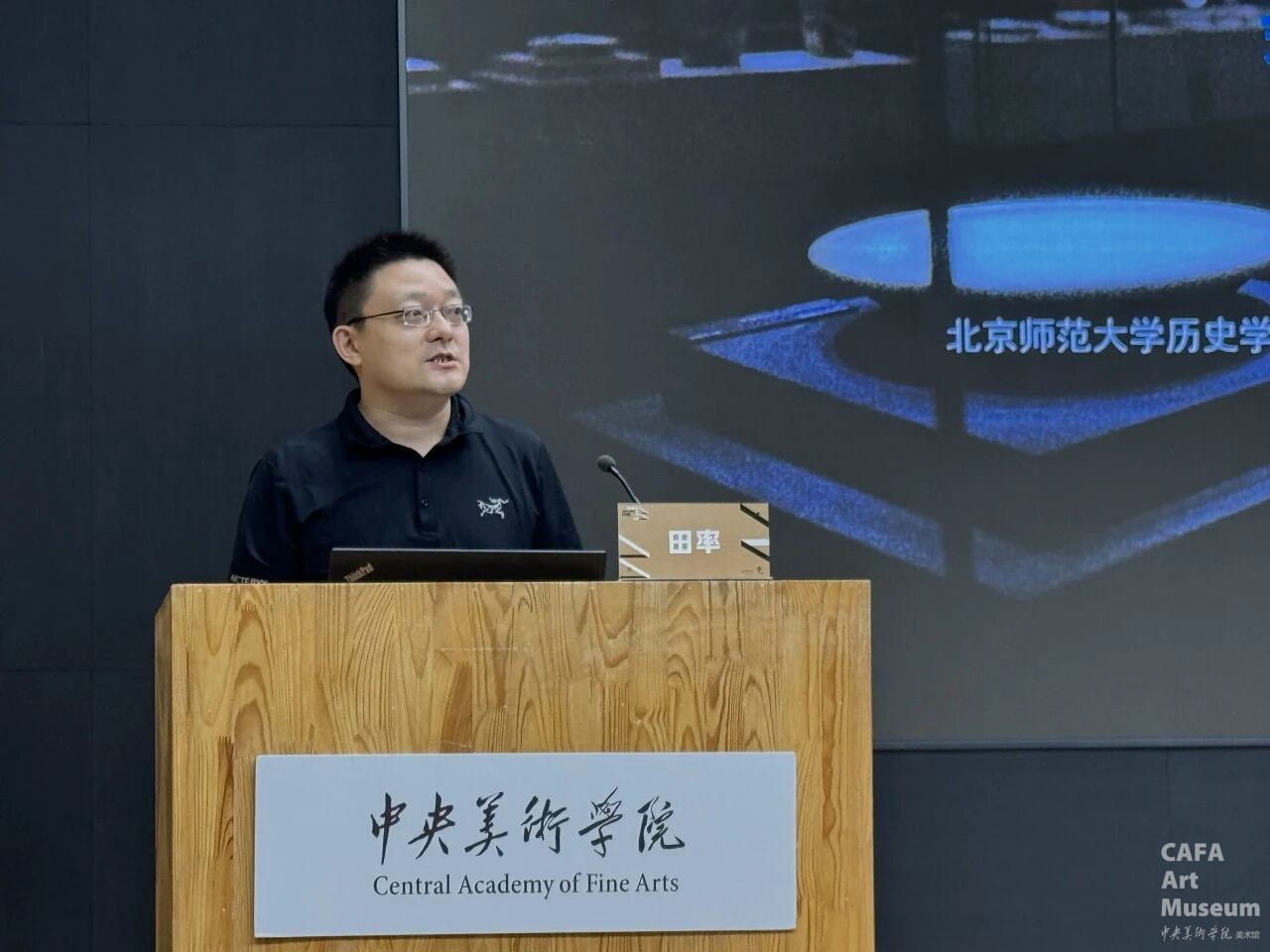
Tian Shuai, Professor of Beijing Normal University and Deputy Curator of the Cultural Relics Museum of Beijing Normal University, delivered a speech
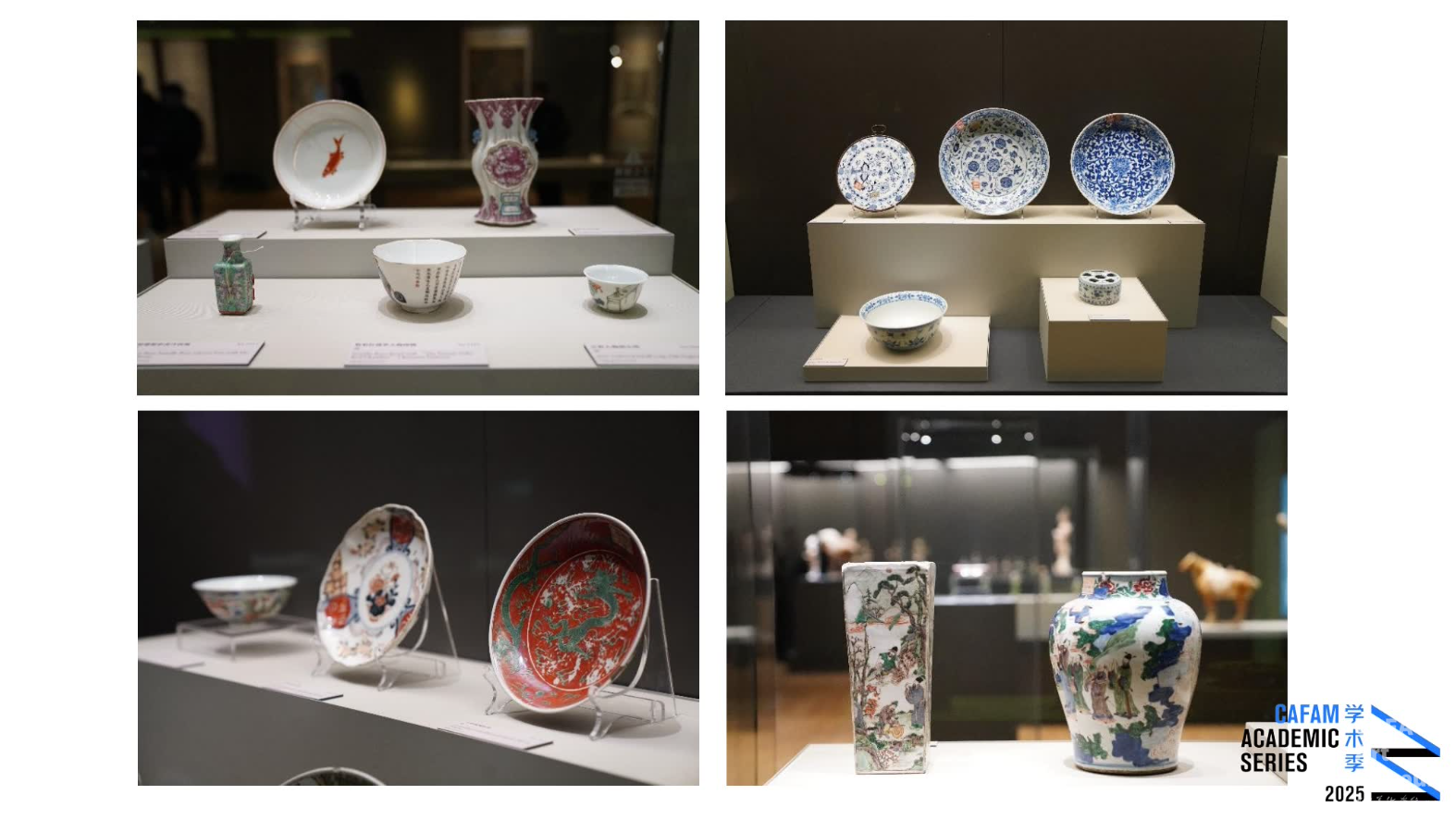
Tian Shuai focused on the representative ceramic artifacts in the museum's collection. Taking the fine pieces on display—such as the celadon wares of the Longquan Kiln from the Song and Ming dynasties, the polychrome porcelains of the Kangxi reign in the Qing dynasty, and the red-glazed plates of the Yongzheng reign in the Qing dynasty—as examples, he introduced the basic status and origins of this type of collection. These ceramics come in a variety of categories, including celadon, white porcelain, and blue-and-white porcelain. Spanning a thousand years and covering a complete system of kilns, they systematically present the development process and artistic forms of ancient Chinese ceramic craftsmanship.
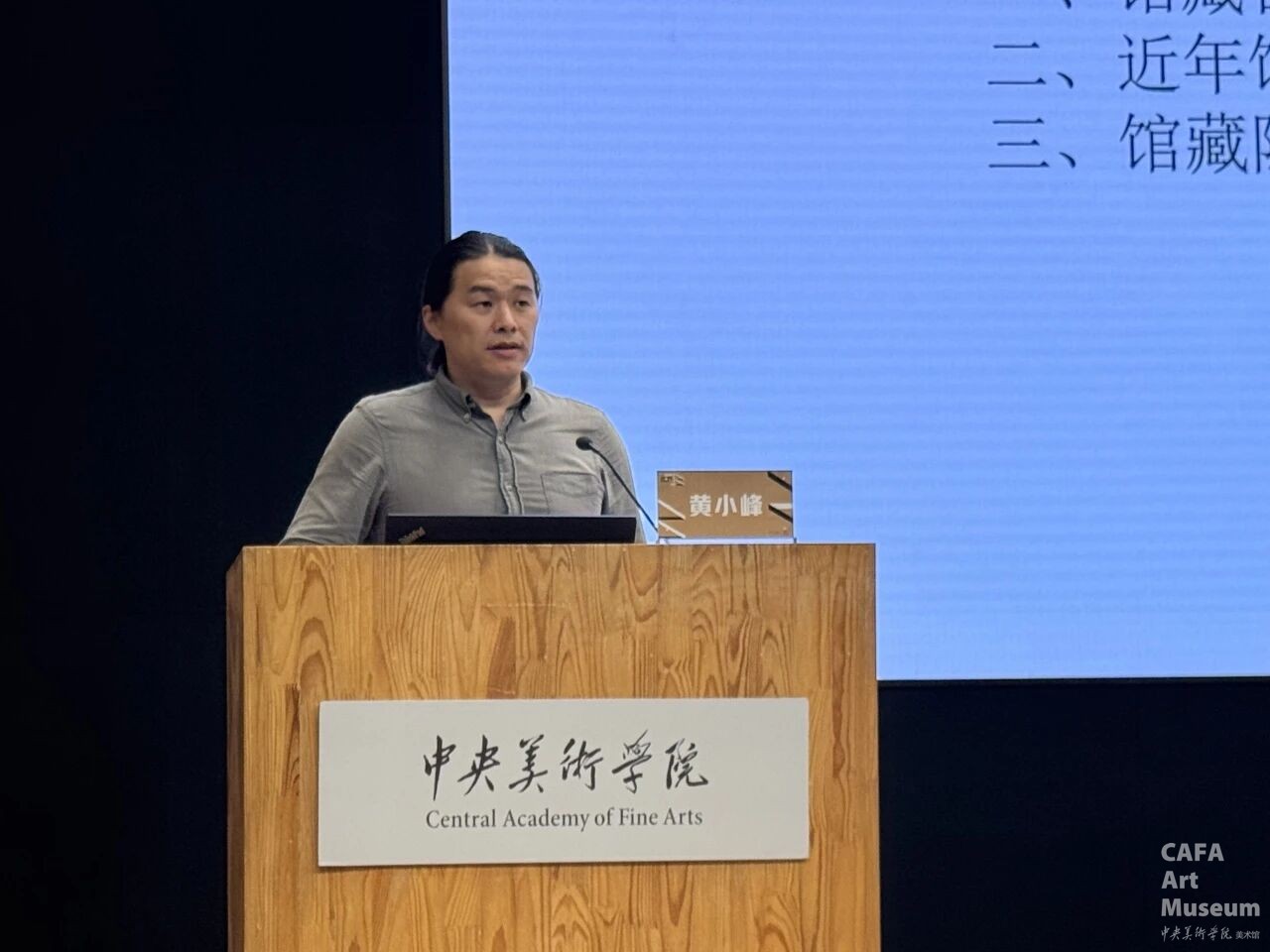
Professor Huang Xiaofeng, Dean of the School of Humanities at the Central Academy of Fine Arts, made a speech
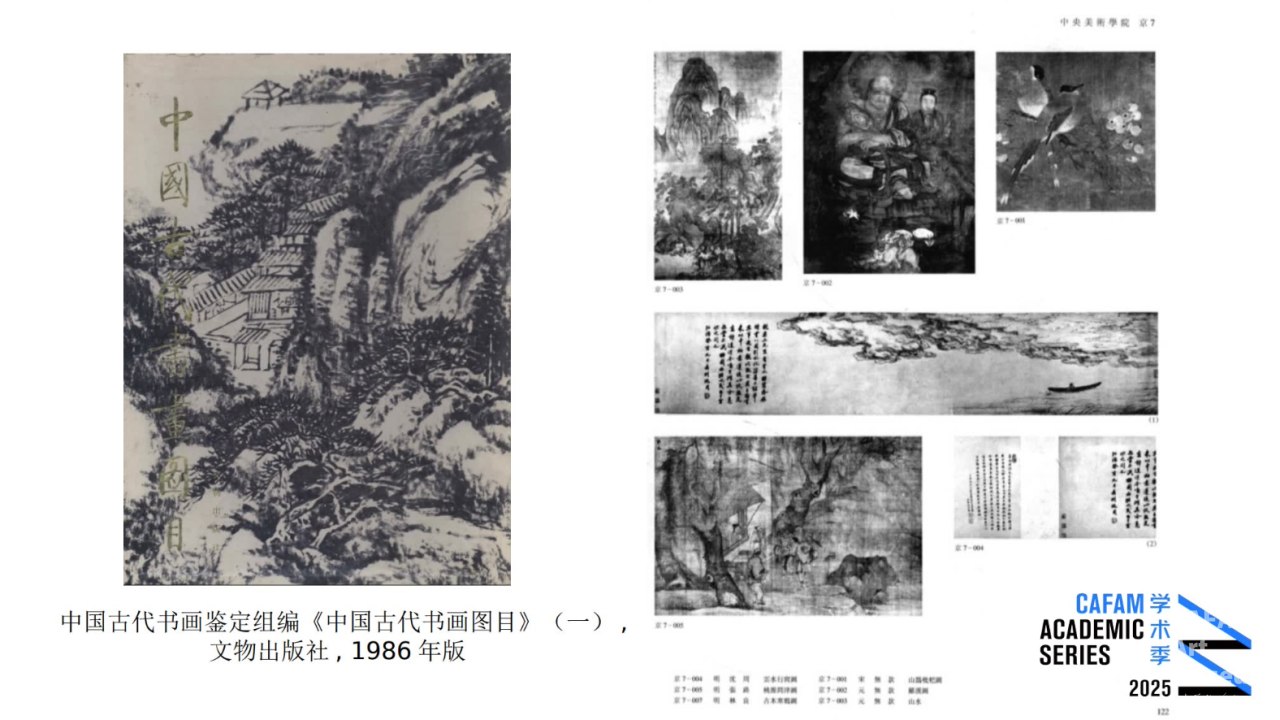
Huang Xiaofeng introduced the basic situation of the art museum's collection of calligraphy and painting, as well as recent exhibition and research achievements, using high-quality ancient calligraphy and painting works on display, such as Ren Bynian's 'Xingqi Tu of Hengyun Shanmin' and Bada Shanren's 'Ink Lotus Diagram'. The collection of ancient calligraphy and painting by the Central Academy of Fine Arts began during the period of Beiping Art College. During the late 1950s when Xu Beihong served as the president, it started large-scale acquisitions and acceptance of donations. To date, including those from the affiliated middle school, the collection exceeds 2,000 pieces, mainly featuring Ming and Qing dynasty paintings, with some Song and Yuan dynasty paintings, Northern and Southern Dynasties, and Tang dynasty scriptural copies. In addition to works by renowned artists, some genre paintings and portrait paintings also reflect the possibility of the collection's initial service to teaching and the shift towards research in the discipline of art history.
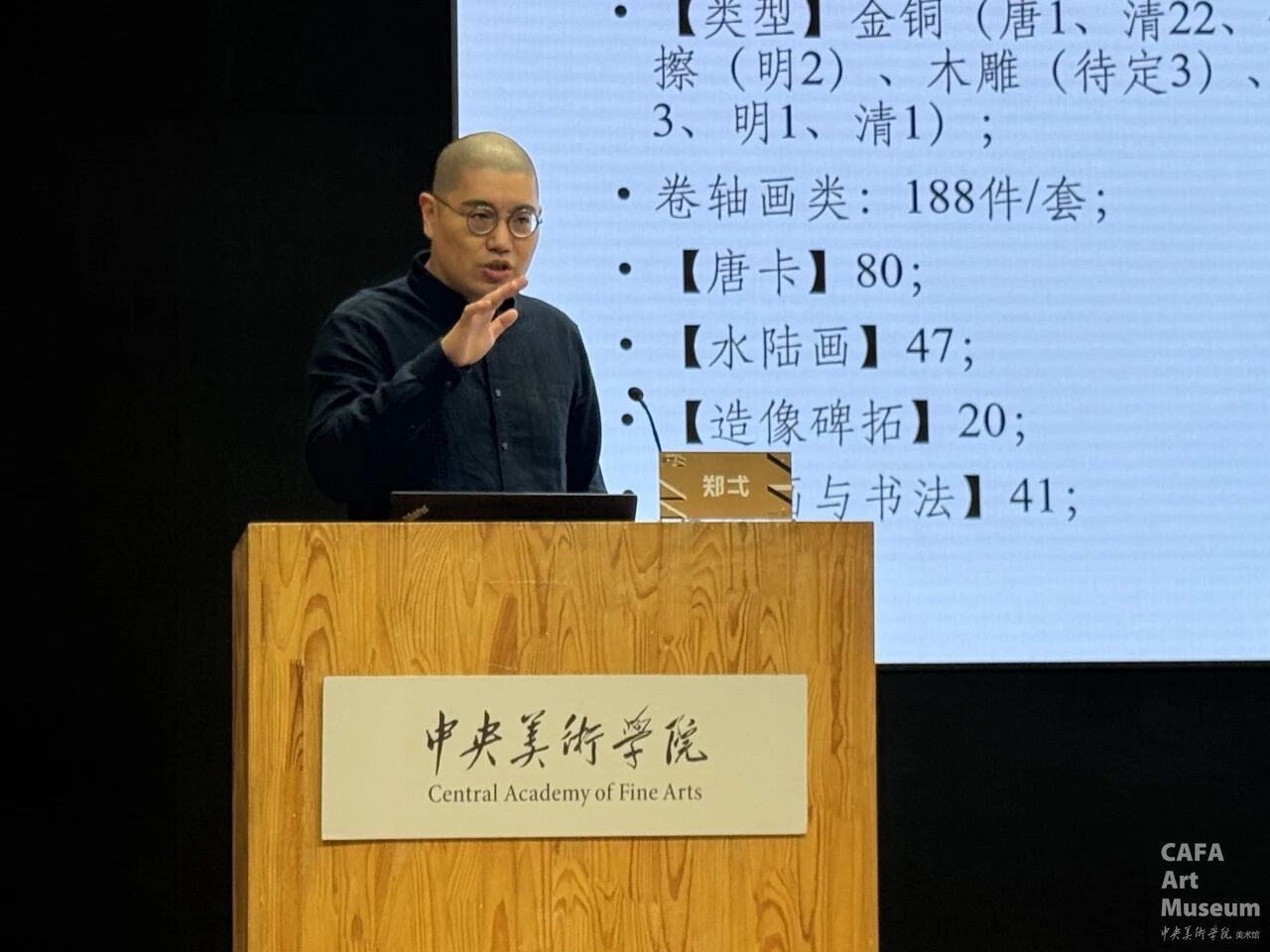
Zheng Yi, Professor of the Central Academy of Fine Arts, delivered a speech.
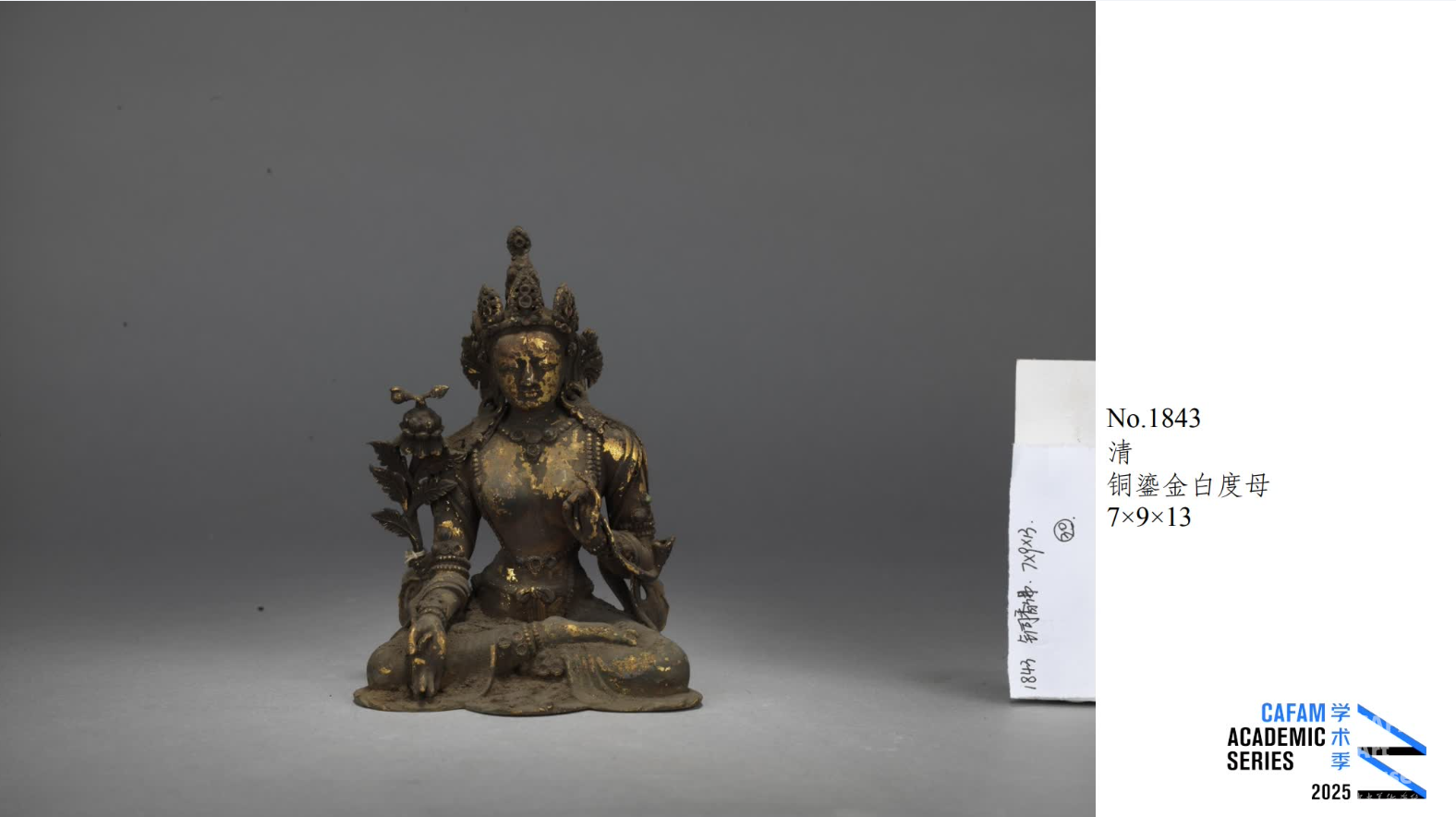
Zheng Yi gave an introduction focusing on the religious cultural relics in the collection, with special emphasis on 7 selected bronze statues of Tibetan Buddhism in the Ming and Qing dynasty styles displayed in the exhibition. These include two solemn statues of Sakyamuni, four elegant and graceful statues of Tara, and one statue of Mahasaraswati adorned with numerous ritual implements. He provided a detailed account of the basic information about these statues and their representative works, and explained that the themes and styles of these statues reflect the Tibetan Buddhist art trends led by the imperial courts of the Ming and Qing dynasties. Although it is difficult to confirm that they were supervised and crafted by the imperial workshops, their shapes and craftsmanship are quite remarkable. The Buddhist statues demonstrate diverse cultural features, and further embody the profound and far-reaching Chinese stories in their aesthetic and conceptual connotations.
Second Half: Sublimation and Renewal
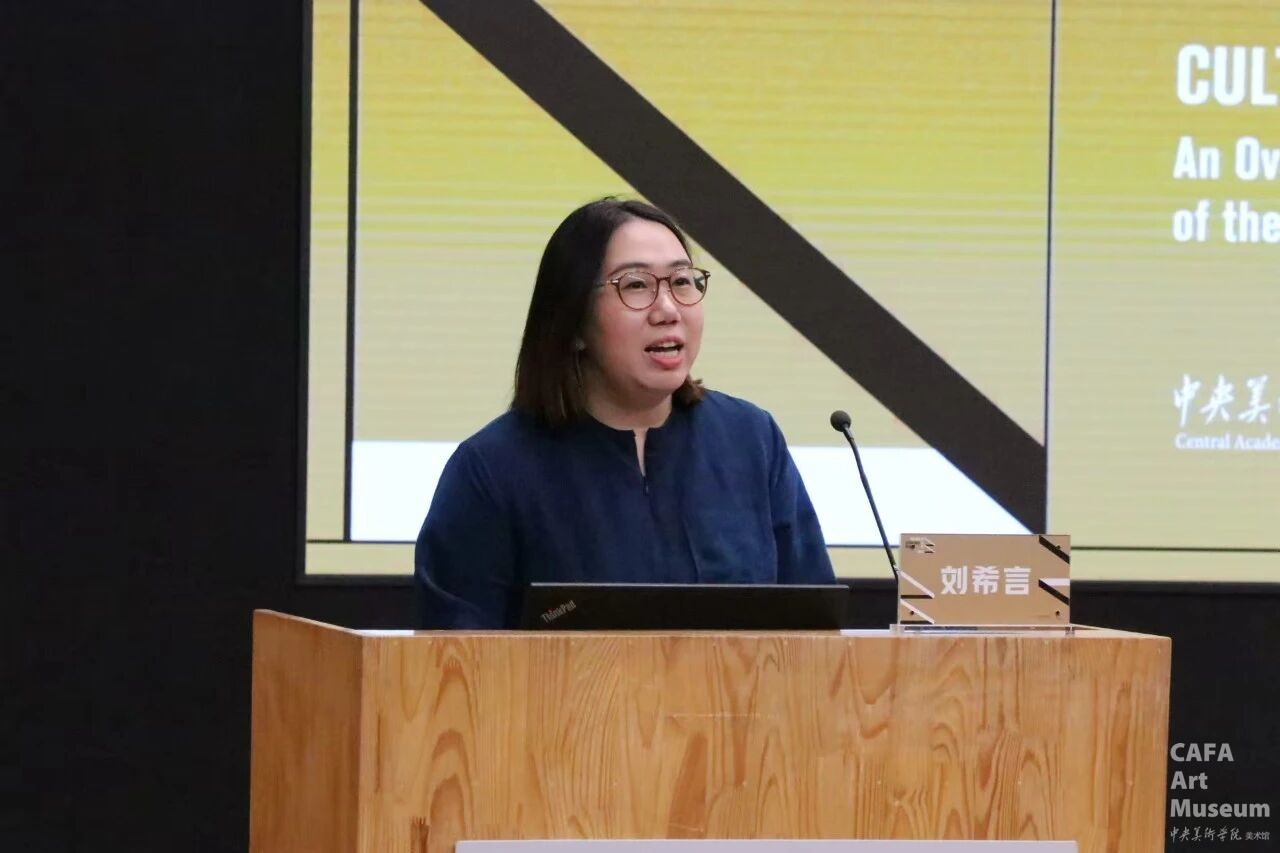
The second half was hosted by Liu Xiyan, Director of the Curatorial and Research Department at the CAFA Art Museum
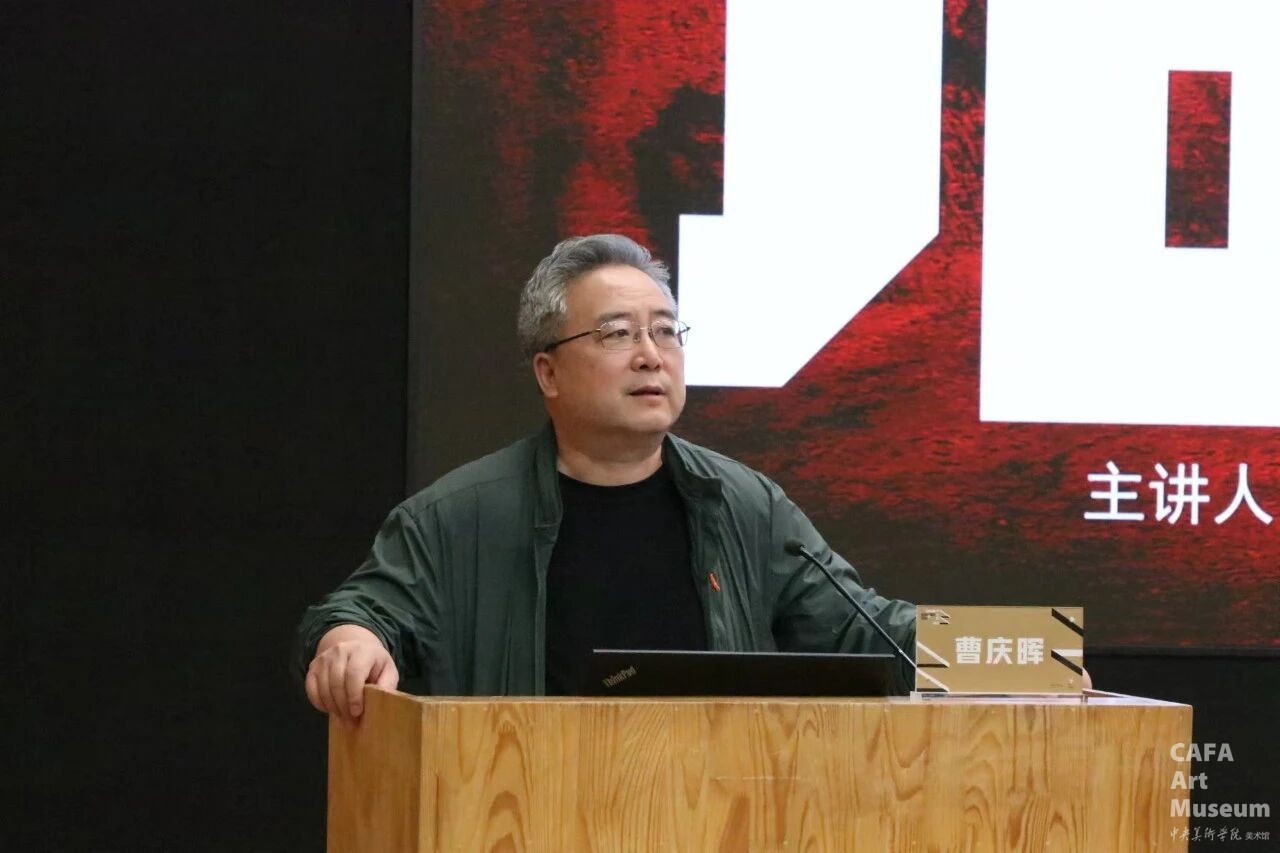
Professor Cao Qinghui of the Central Academy of Fine Arts made a speech
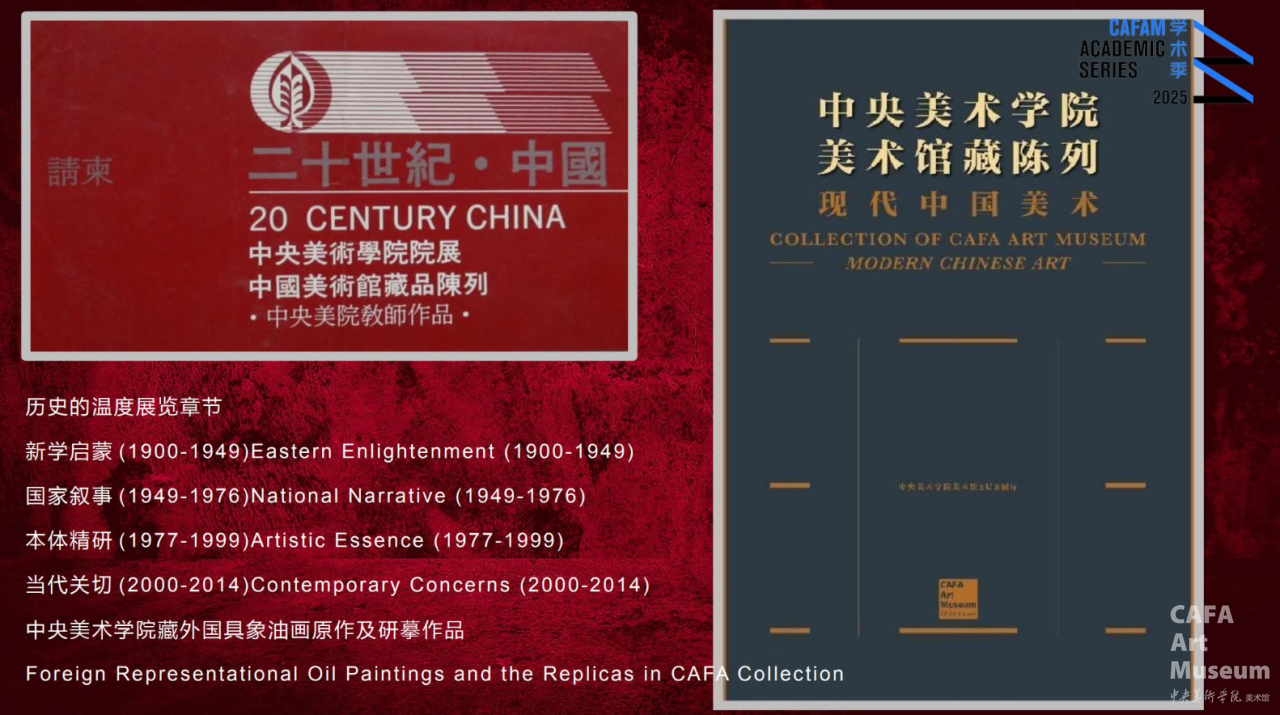
Cao Qinghui focused on the museum's collection of over a thousand modern oil painting treasures. Starting from works by early overseas-educated painters—such as Li Shutong's Semi-Nude Female Portrait (1909) and Wu Fading's Portrait of a Woman in Banner Dress—moving on to works by Soviet-educated artists like Li Tianxiang and Luo Gongliu after the founding of the People's Republic of China, and then to exploratory works by senior, middle-aged, and young academic artists since the reform and opening-up, he systematically sorted out the sources of the collection (including teacher donations, exhibition acquisitions, and outstanding works by graduates). He outlined the interactive trajectory between the century-long development of Chinese oil painting and academic education, demonstrated the core role of the Central Academy of Fine Arts and its predecessors in oil painting teaching, creation, and talent cultivation, as well as the history of Chinese social changes and the evolution of artistic language reflected behind this.
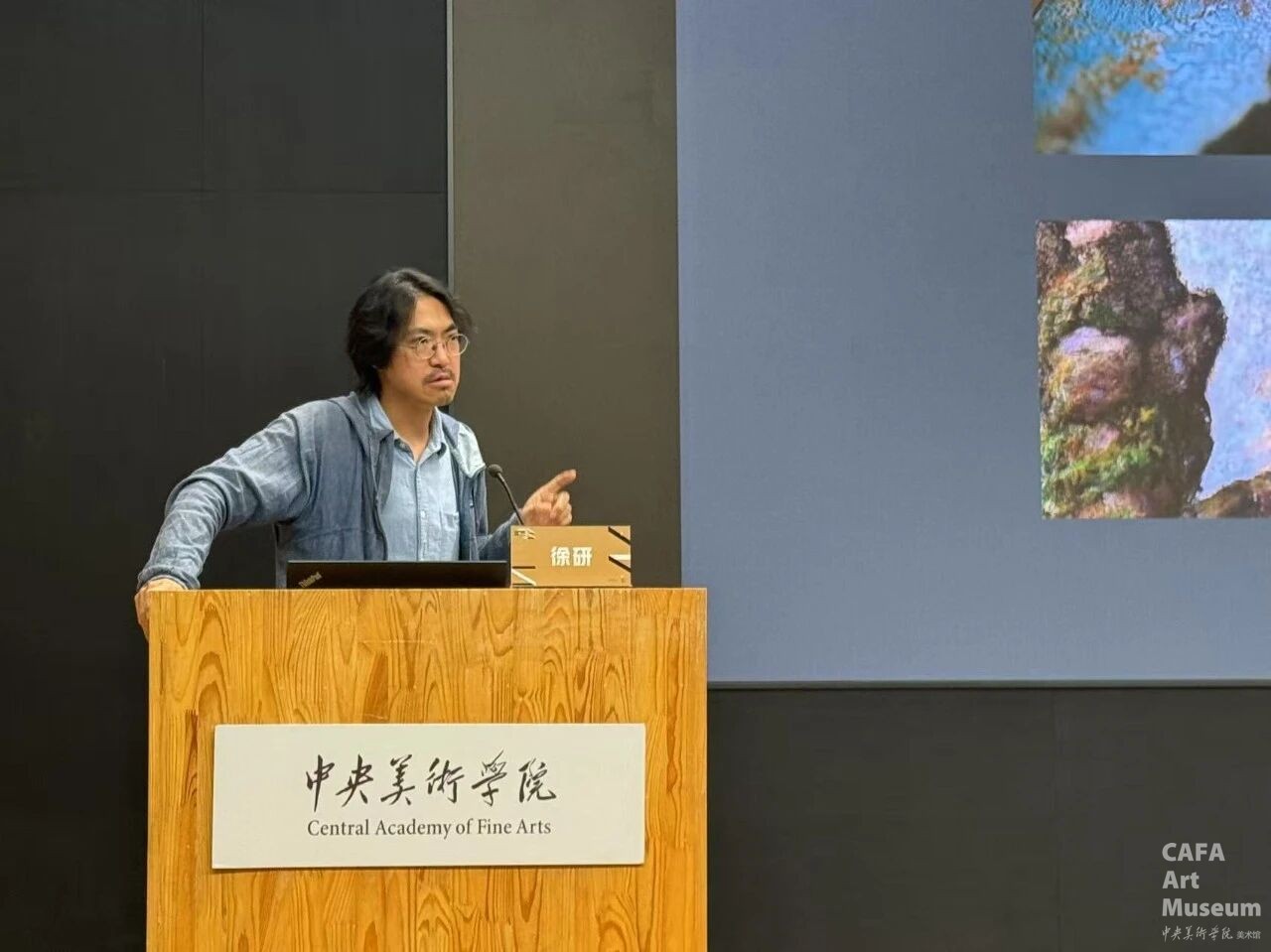
Xu Yan, Oil Painting Restorer at the CAFA Art Museum, delivered a speech
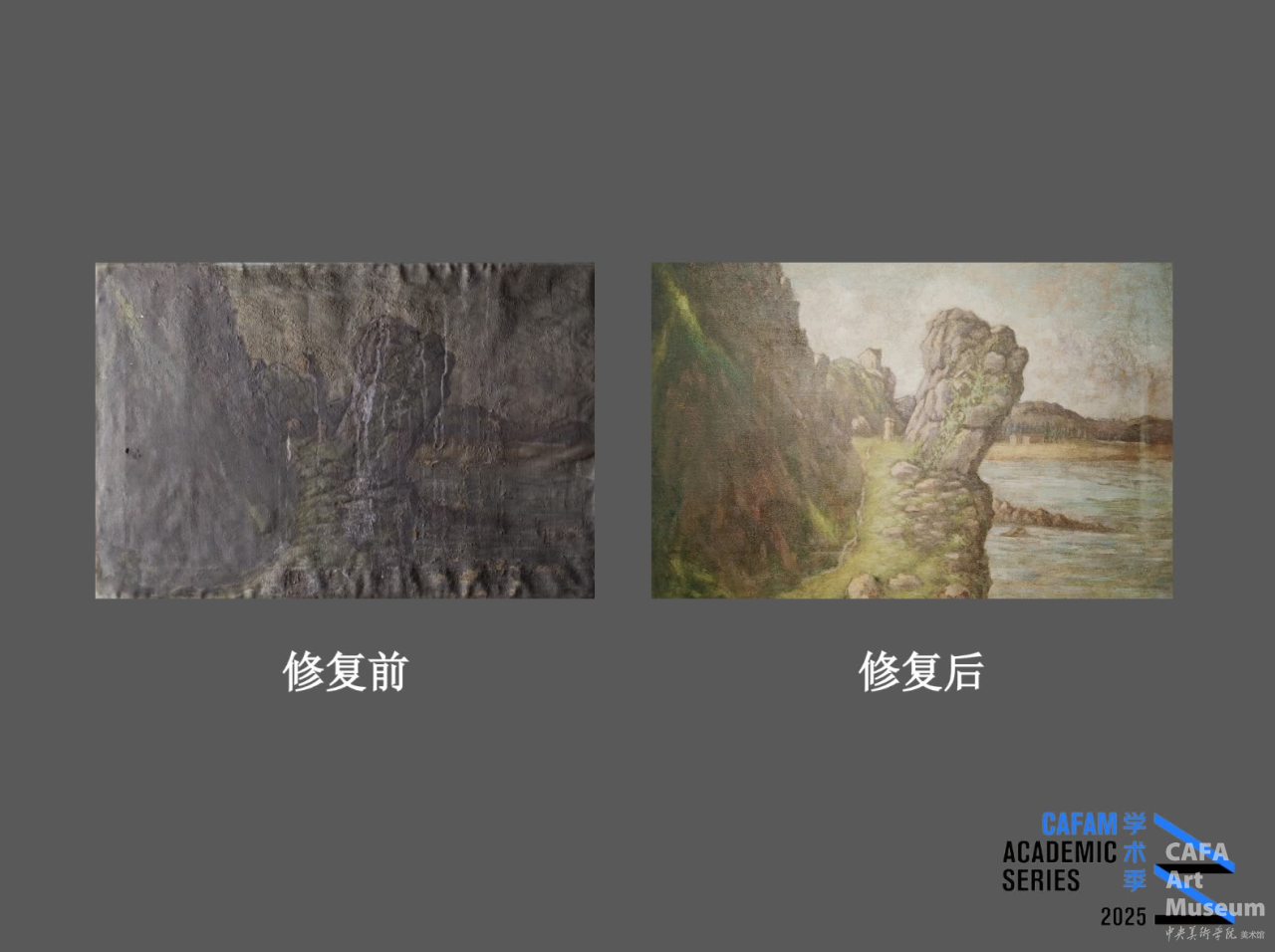
Taking the restoration of Li Shutong's Semi-Nude Female Portrait and Wu Fading's Seashore as examples, Xu Yan gave an in-depth introduction to the inspection and restoration work. After the 2012 authentication seminar for Semi-Nude Female Portrait, the restoration studio confirmed the work's creation date and authenticity through technical analysis, laying the foundation for its restoration. As for Seashore, it was able to be exhibited long-term in this collection exhibition after restoration. He emphasized that oil painting restoration work not only provides empirical evidence for building a research-oriented conservation system, but also holds great significance for the study of early 20th-century Chinese oil painting art.
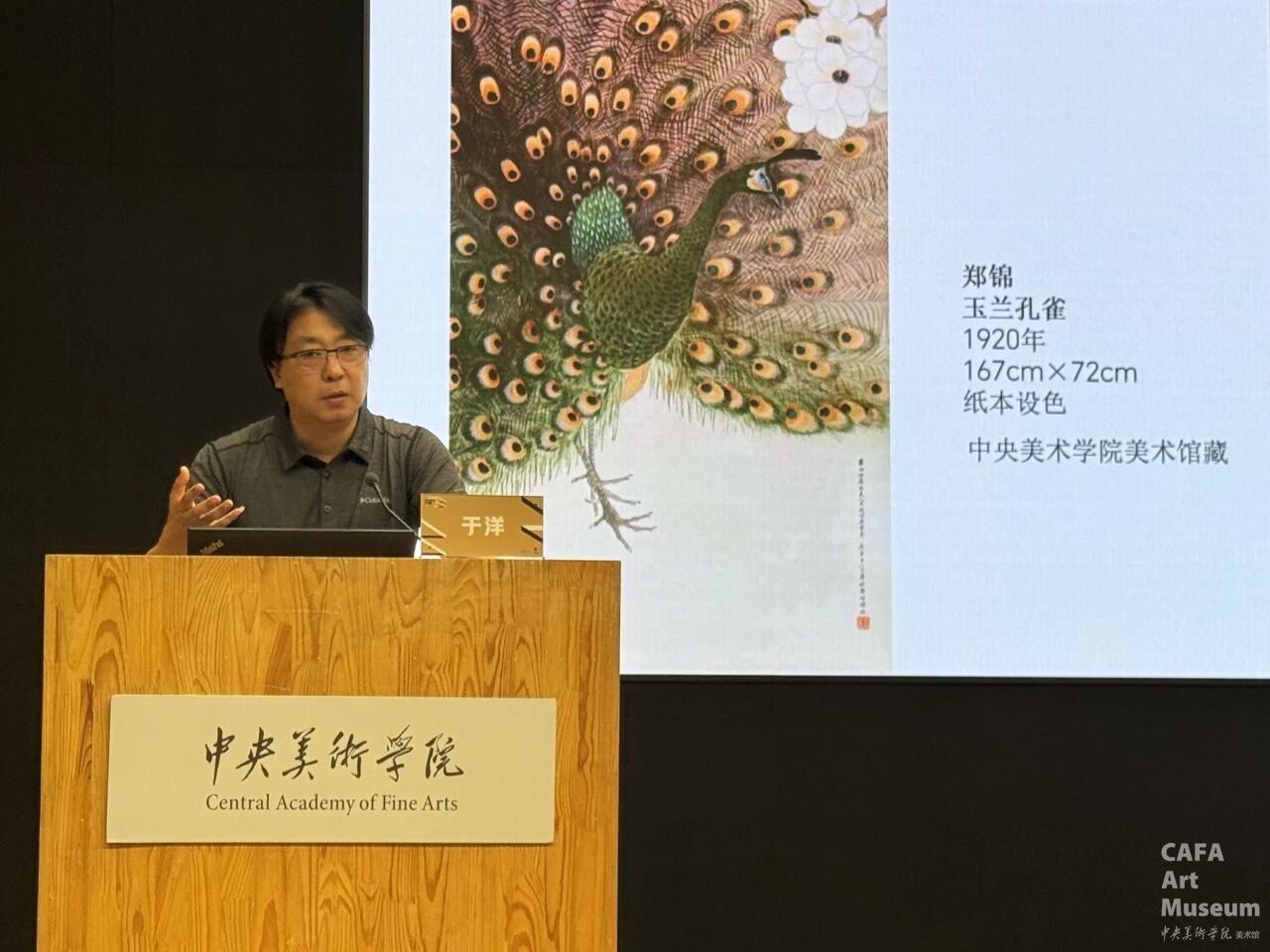
Yu Yang, Professor of the Central Academy of Fine Arts, Director of the Scientific Research Department, and Director of the Advanced Innovation Center for Visual Arts, delivered a speech
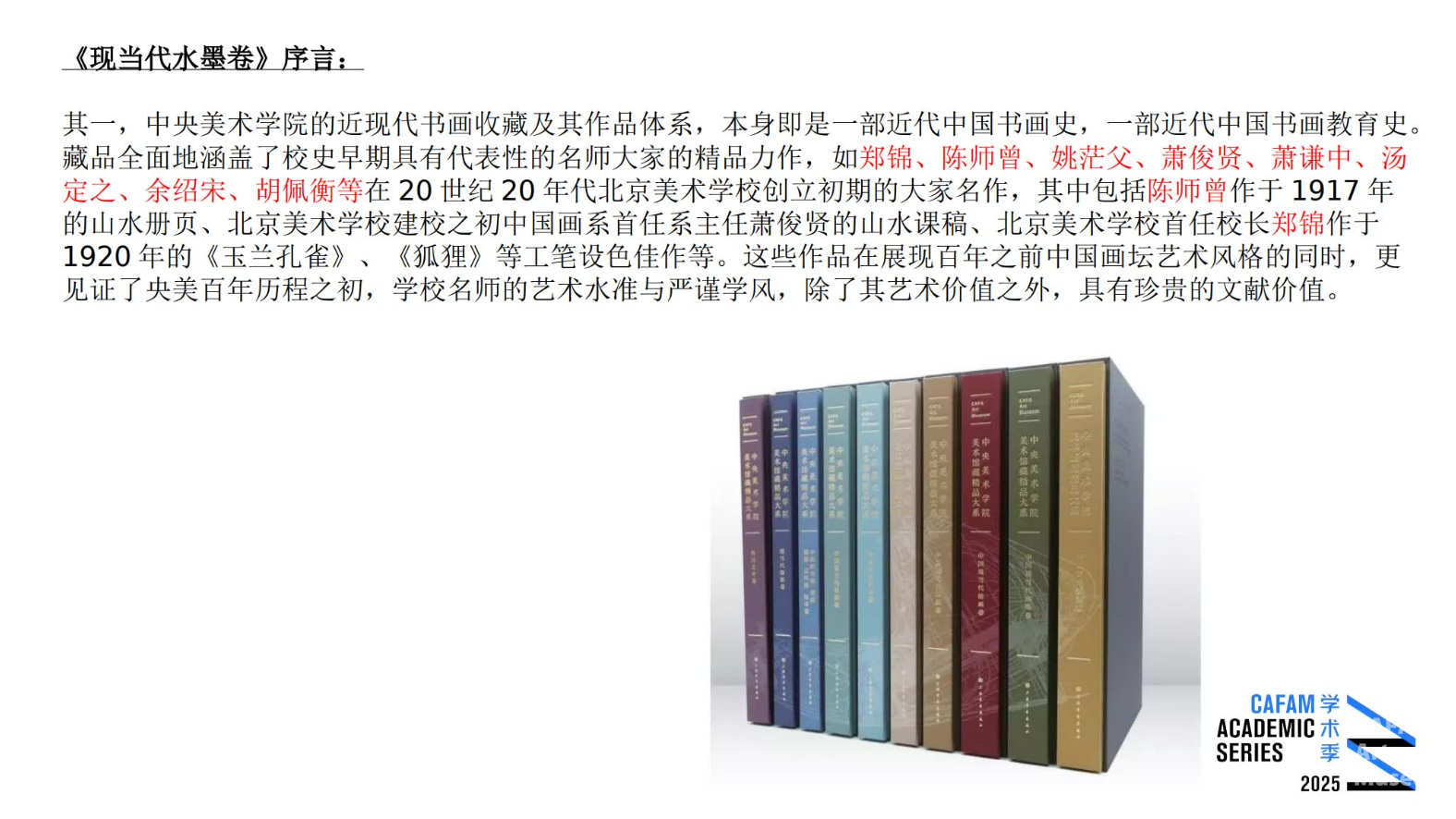
Taking the fine modern and contemporary ink wash works on display—such as Xu Beihong’s Galloping Horses and Fu Baoshi’s Scroll of Landscapes—as a thread, Yu Yang analyzed the origin and historical evolution of the museum’s collection of modern and contemporary ink wash art, and expounded on its artistic characteristics and documentary value. The collection includes over 2,000 Chinese painting and calligraphy works from more than a century. It not only covers works by renowned artists from the early history of CAFA and the tradition of Chinese painting teaching at the academy since 1949, but also includes works from the Beijing art circle and other regional painting schools in the 20th century. It can be called an epitome of the context of calligraphy and painting from both northern and southern regions over the past century, and also a vivid and intuitive documentary and image archive of the history of 20th-century Chinese art education.
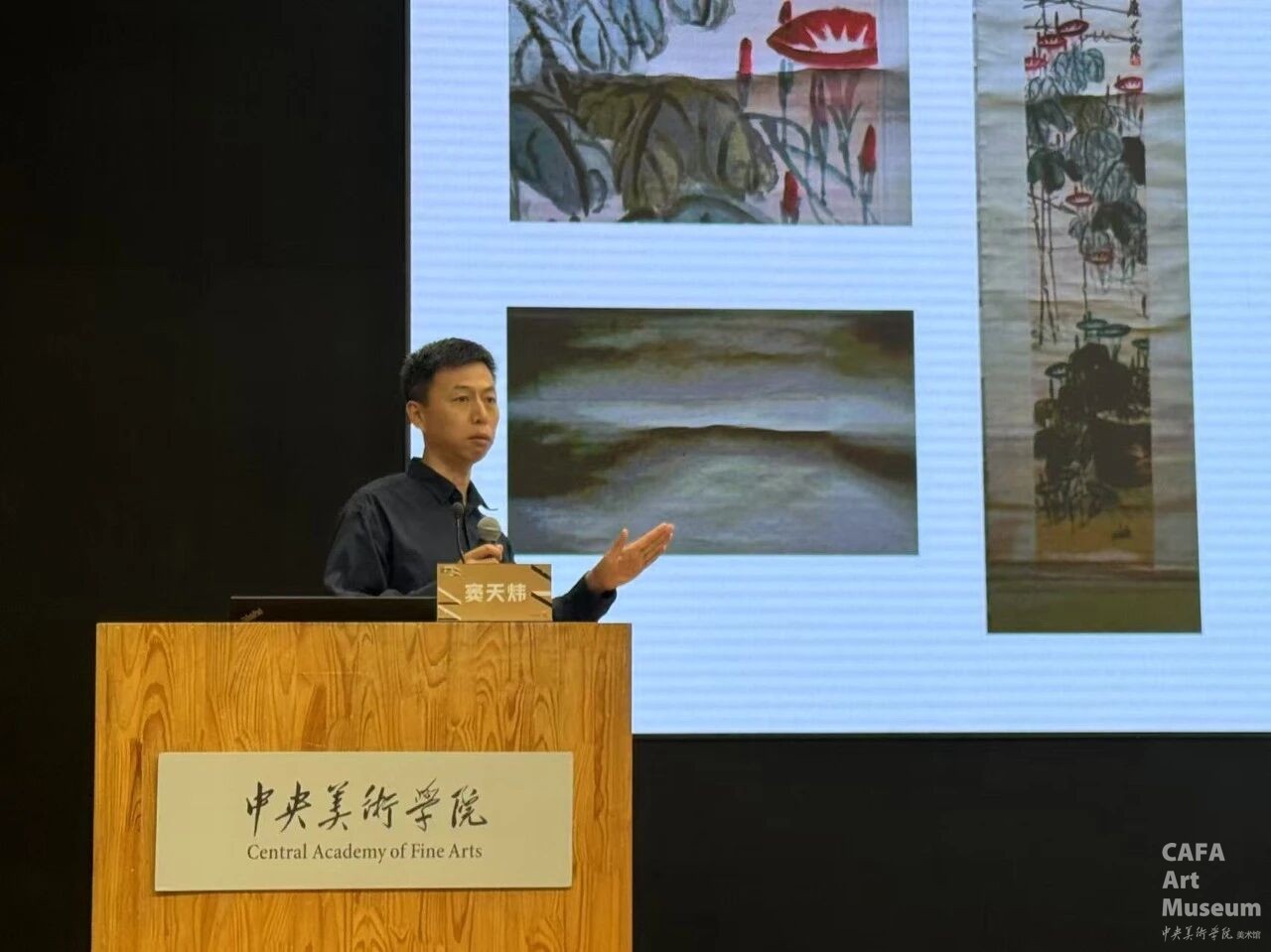
Dou Tianwei, Paper-based Artwork Restorer at the CAFA Art Museum, delivered a speech
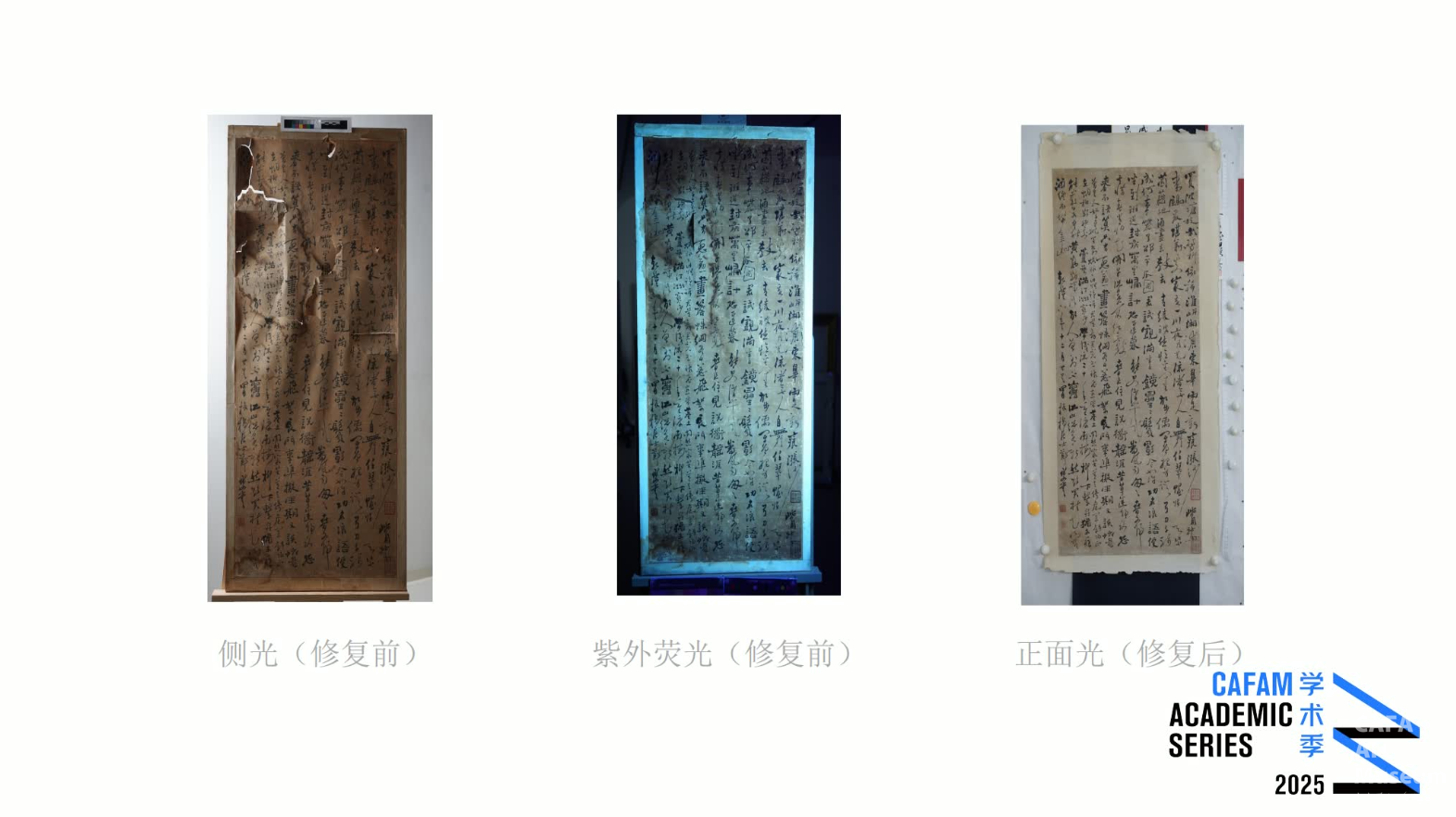
Taking the restoration of Zheng Banqiao’s Calligraphy and Qi Baishi’s Morning Glories as examples, Dou Tianwei detailed the specific process of paper-based artwork restoration. He pointed out that restoration is an essential behind-the-scenes work in a museum’s collection management and exhibition. As a bridge connecting history to the present and original works to the audience, it not only concerns the physical integrity of the collections but also embodies respect for the continuity of cultural heritage. Regarding issues such as damage and fading that easily occur in paper-based collections due to the fragility of their material, professional methods including scientific inspection, cleaning treatment, structural reinforcement, and partial supplementation can be adopted. These methods, based on respecting the original condition of the works, help restore their original appearance, slow down deterioration, and ensure the quality of exhibition displays.
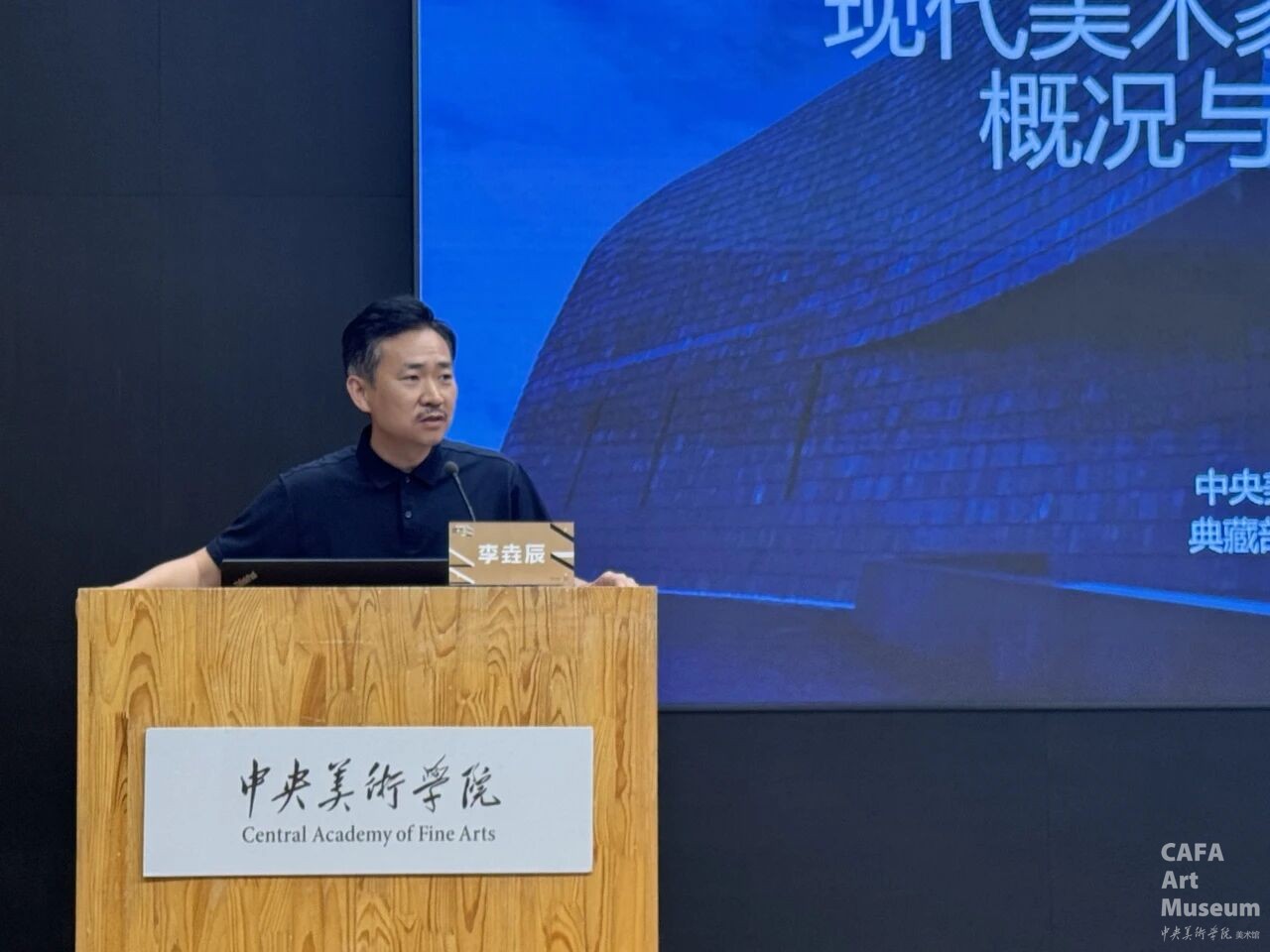
Li Yaochen, Director of the Collection Department at the CAFA Art Museum, delivered a speech
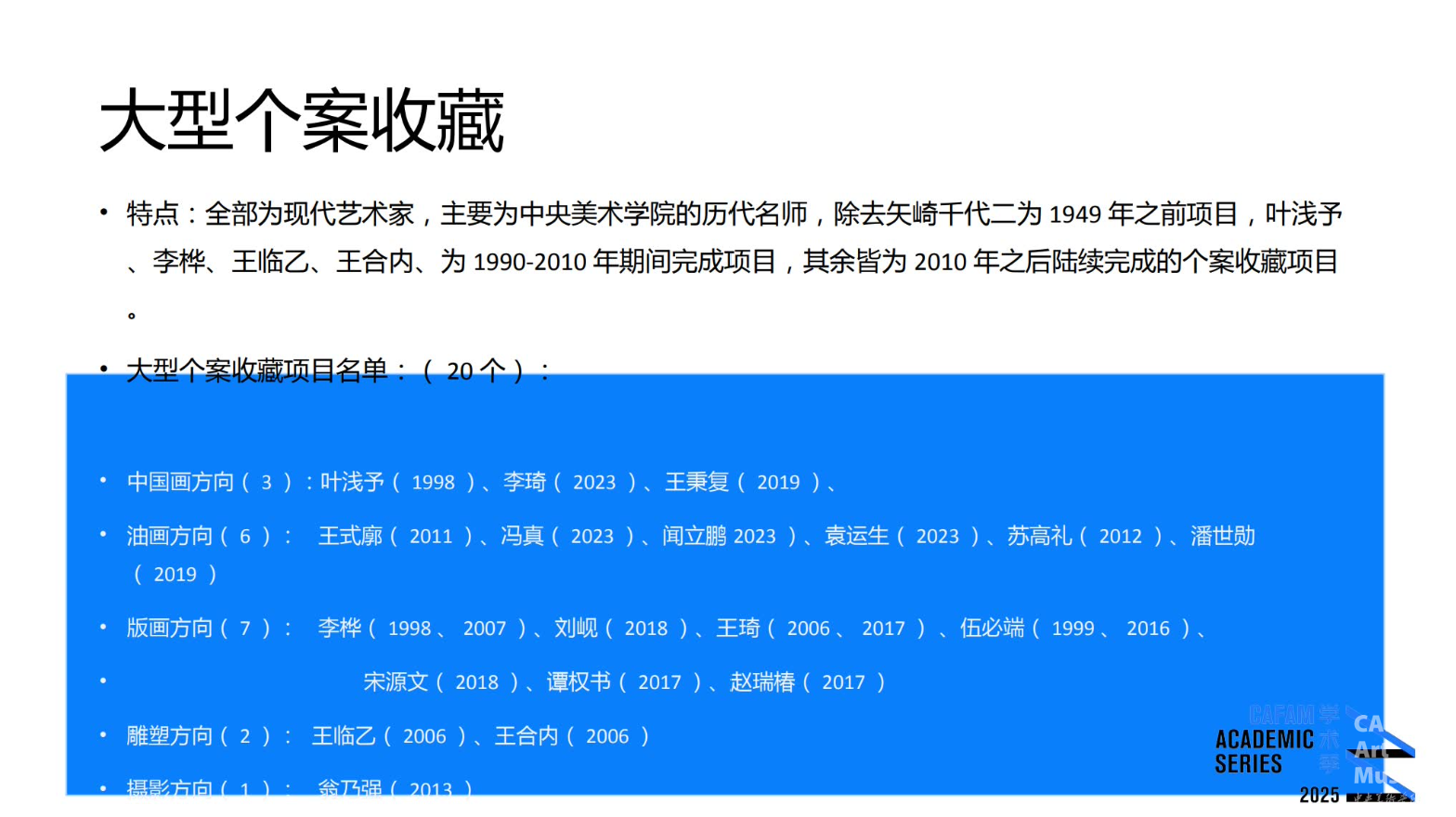
Li Yaochen gave an introduction focusing on the collection of individual artist cases. He expounded on the emphasis placed by the CAFA Art Museum on the construction of individual case sequences in its collection acquisition work since the museum's establishment, as well as the practices of in-depth interpretation and exploration of the value of individual case collections through exhibitions, publications, research, and other means. From the perspectives of the types of individual cases of modern artists, reflections and prospects on collection development, and research work, he presented the basic characteristics of the museum's collection work on individual cases of modern artists to the society and academic circles, and emphasized its importance in the composition of the collection.
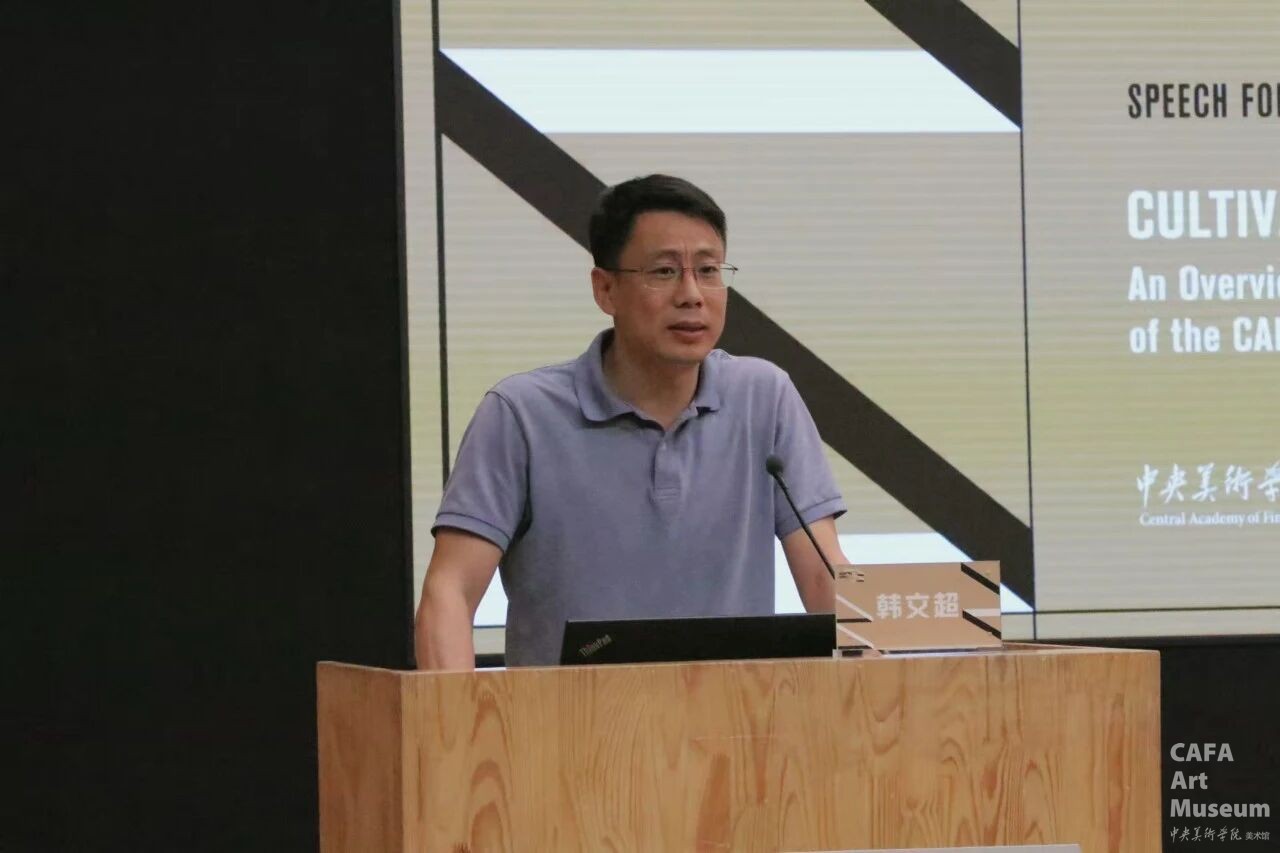
Han Wenchao, Secretary of the Directly Affiliated Party Branch of the CAFA Art Museum, delivered the closing speech
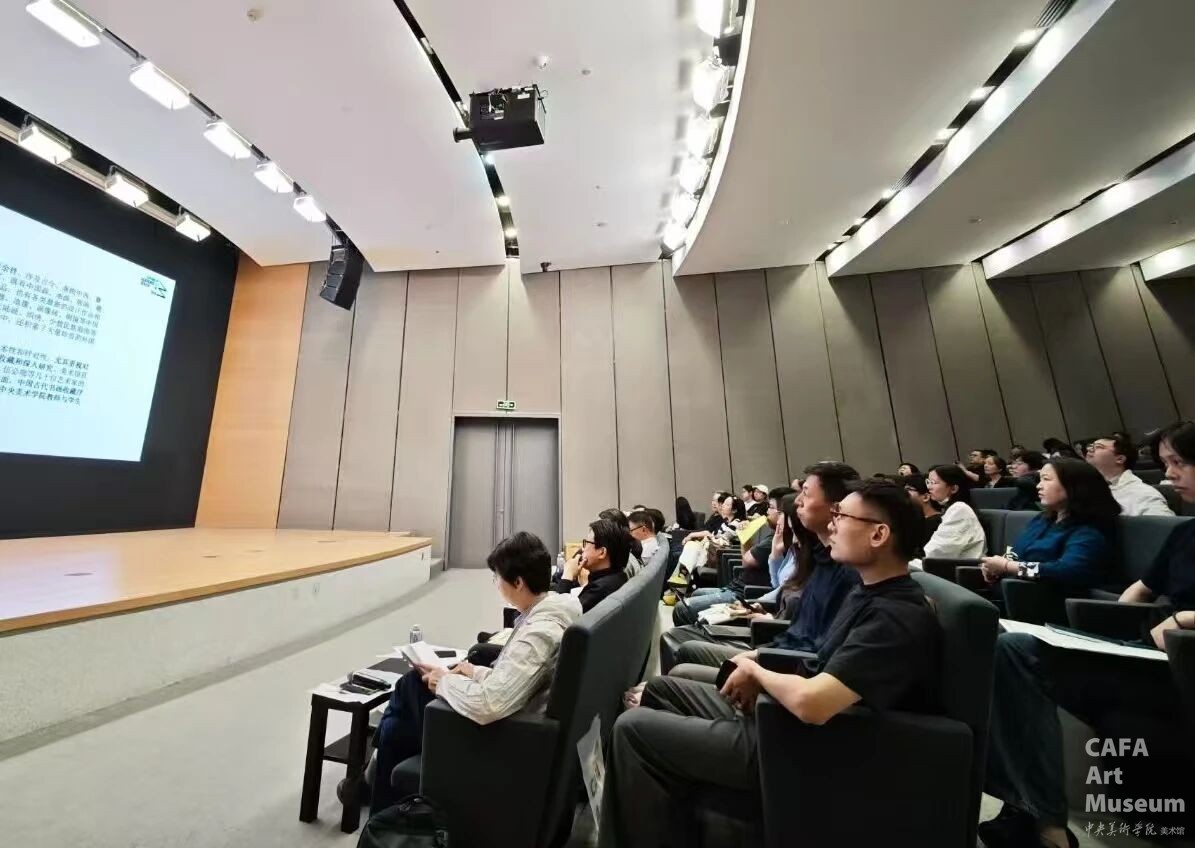
The forum themed "Cultivation and Exploration: Research and Current Status of the Collections at the CAFA Art Museum" successfully concluded amid extensive responses from both online and offline audiences. In his closing speech, Secretary Han Wenchao stated that this academic feast is not only an in-depth analysis of the historical context and academic value of the museum's collected artworks, but also an innovative exploration of art research methodologies. The end of the forum is not a finish line, but a starting point for a new journey. Its achievements will serve as an important foundation for the Young Scholars Forum in the second half of the year, continuously promoting the deepening and dissemination of academic research. In the future, the CAFAM will continue to take its collections as a link, build a bridge for dialogue between academia and the public, constantly explore new paths for art research and exhibition practice, and contribute to the inheritance and innovation of art and culture. We look forward to continuing to work hand in hand with all of you to witness more academic achievements and share the brilliant splendor of art and culture together!
CAFAM Academic Series
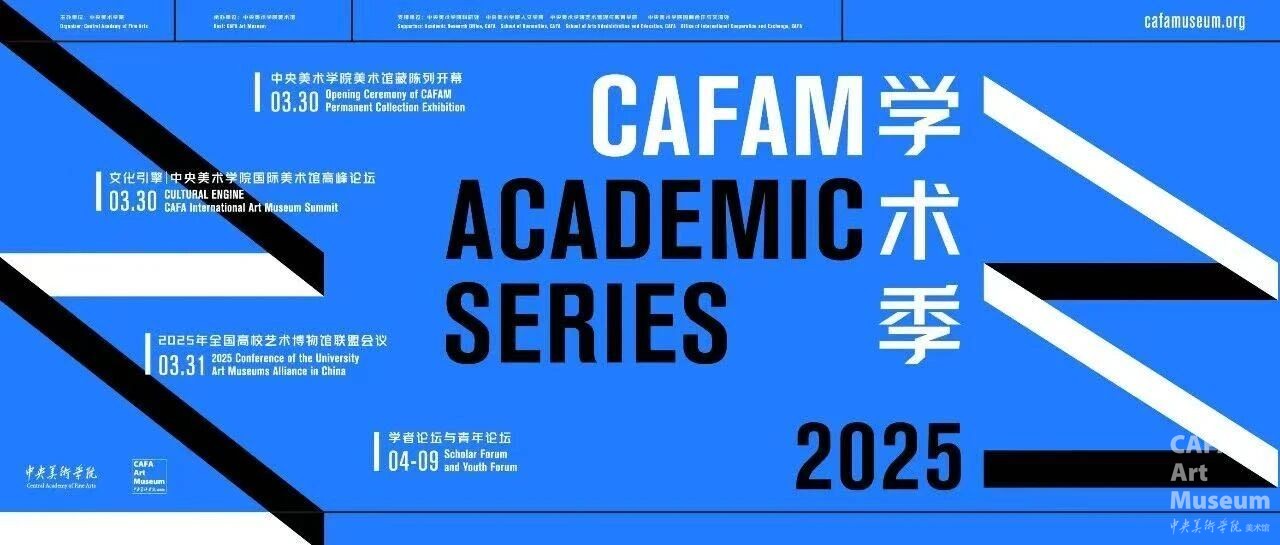
The CAFAM Academic Series and the "Exhibition of Collections from the Central Academy of Fine Arts Museum" were launched simultaneously. A series of activities focusing on industry development, art museum management, and collection research are planned to be held throughout 2025. With a global perspective and cross-cultural dialogue, the museum aims to expand the public’s understanding of its rich collections, explore the responsibilities and missions of contemporary art museums in the context of globalization and digitalization, provide the public with a platform for in-depth participation in artistic dialogue, and realize the organic integration of academic research, public education, and social engagement. The specific activity schedule includes: The Art Museum Forum titled "Cultural Engine – International Art Museum Summit Forum of the Central Academy of Fine Arts" and the "National Alliance Meeting of University Art Museums" in March; The Lecture Forum "Cultivation and Exploration: Research and Current Status of the Collections at the Central Academy of Fine Arts Museum" in June; The Industry Forum "Custody and Dissemination: Art Museum Collection and Exhibition in the Public Context" in September; The Youth Forum "Rediscovery and New Interpretation: Case Studies on Collection Research at CAFA Art Museum" in October.
Chief Editor / He Yisha
Editor / Du Yinzhu
Summary & Compilation / Meng Qingling
